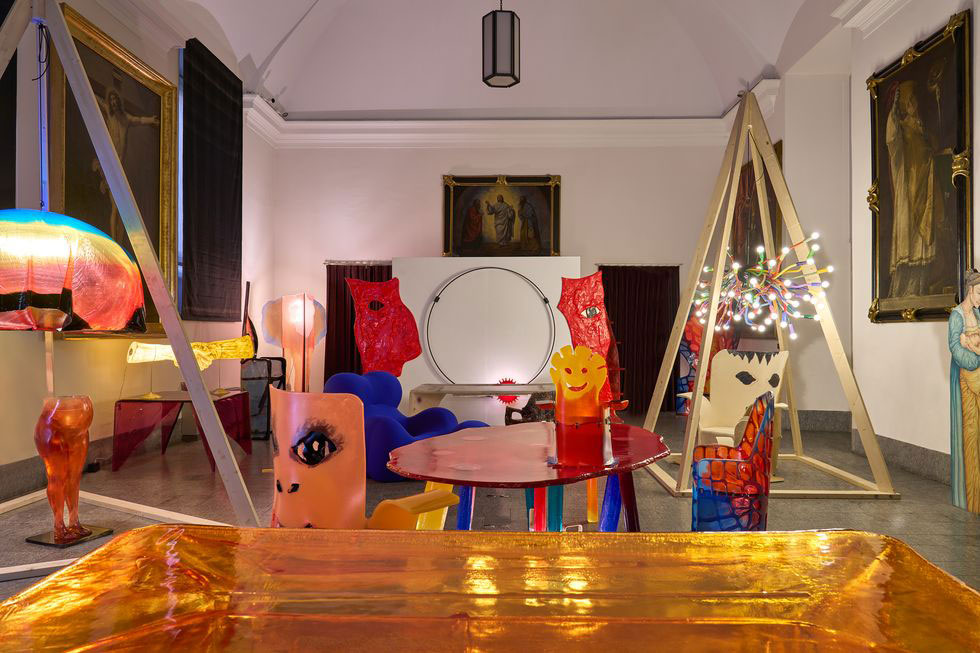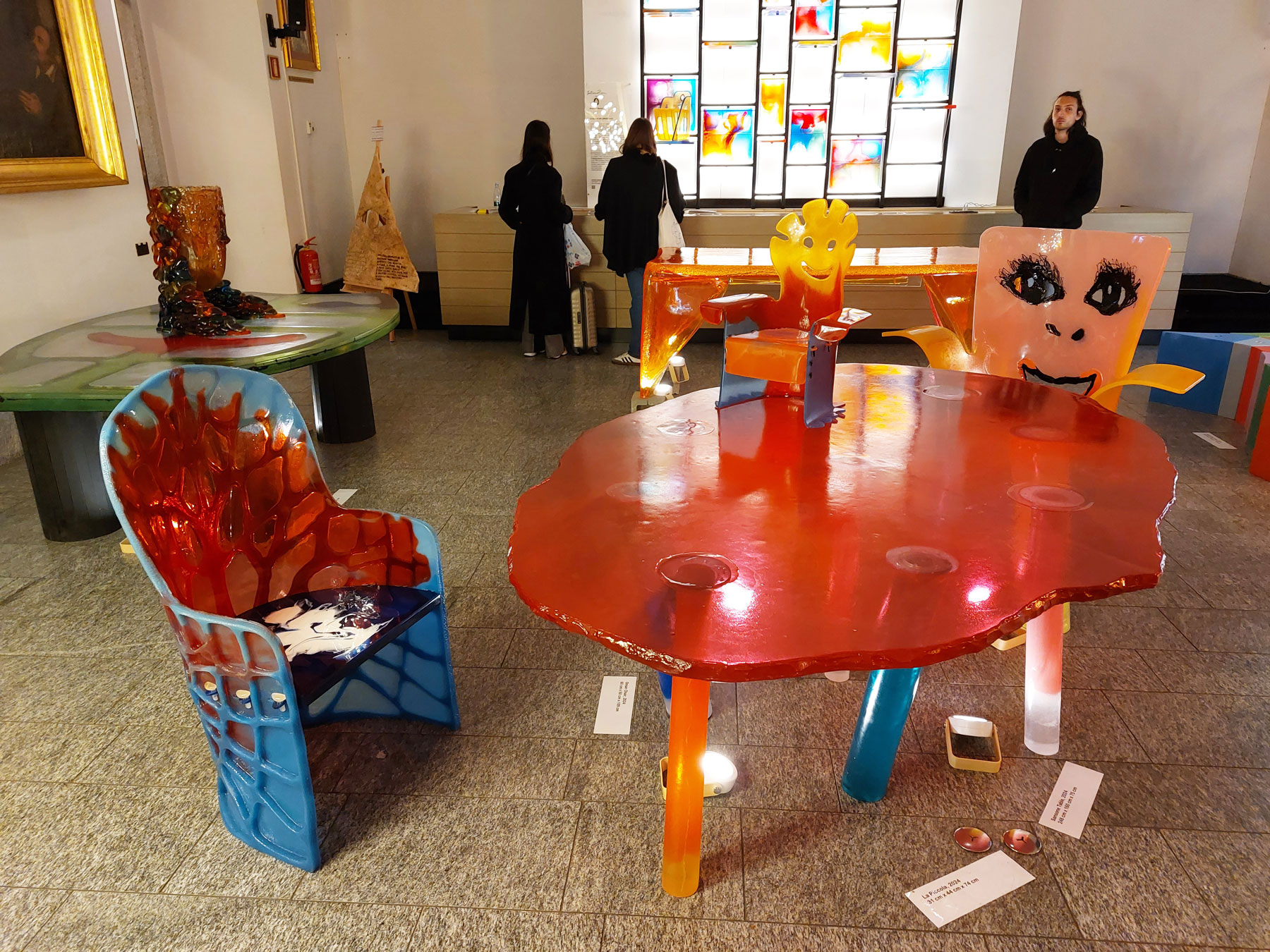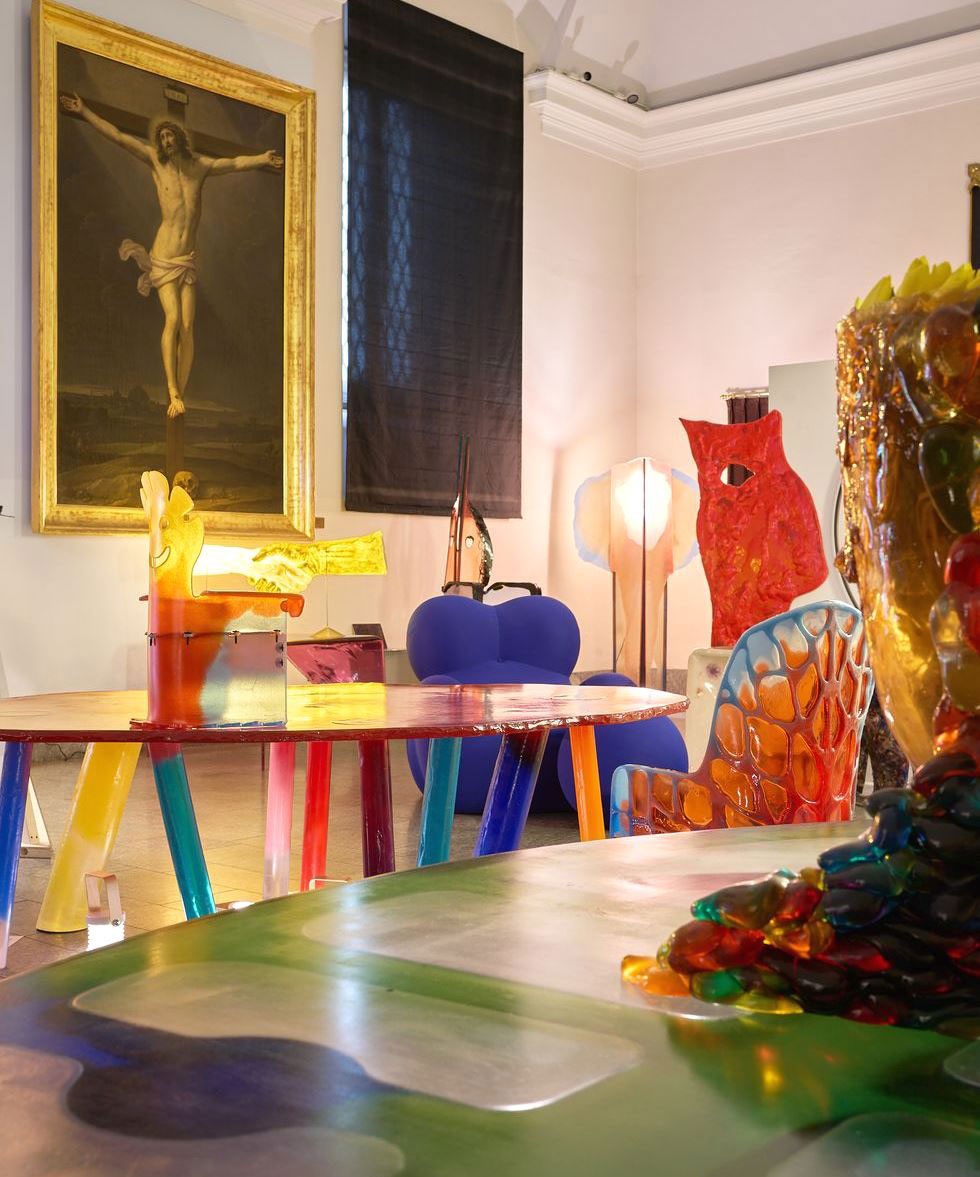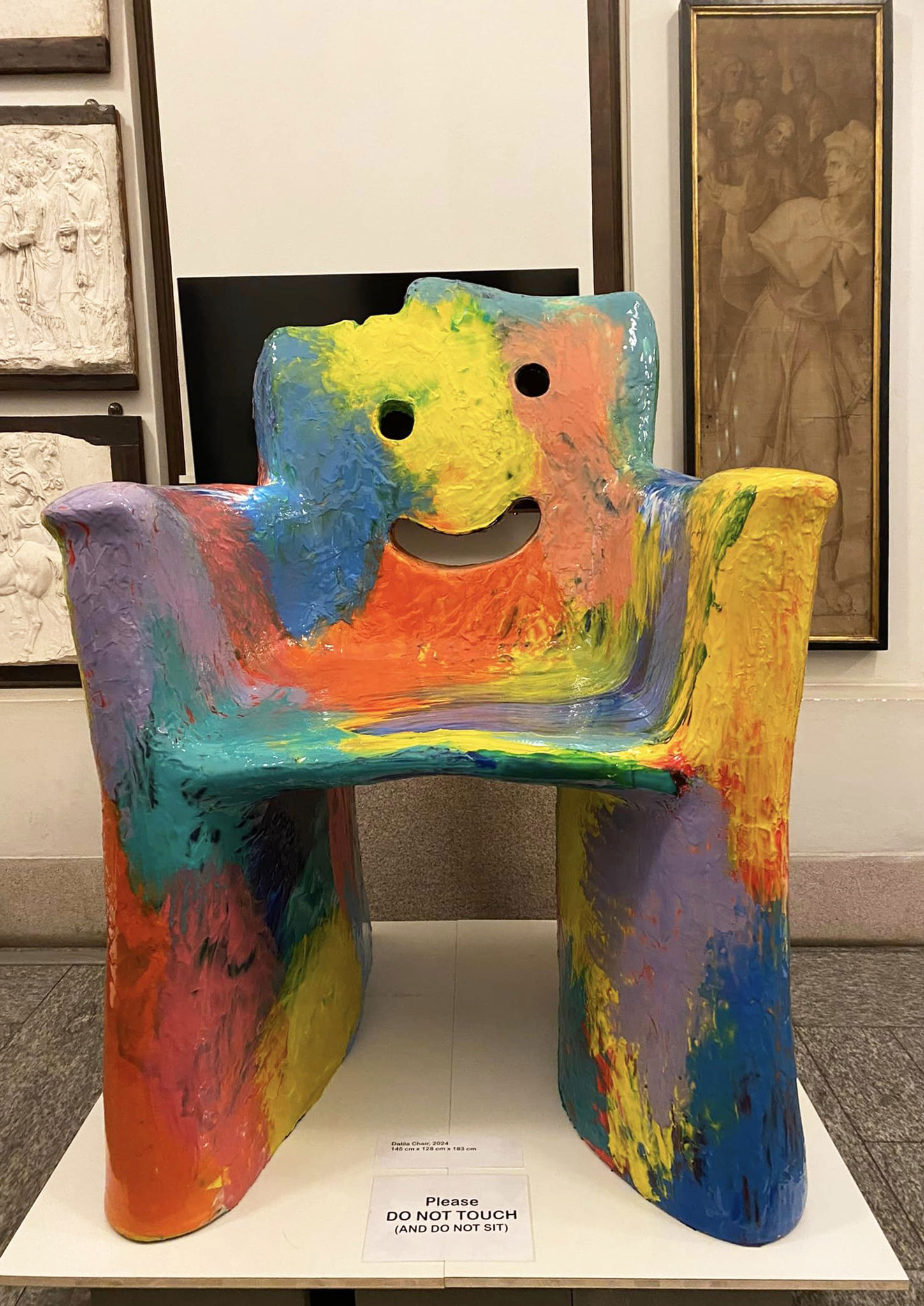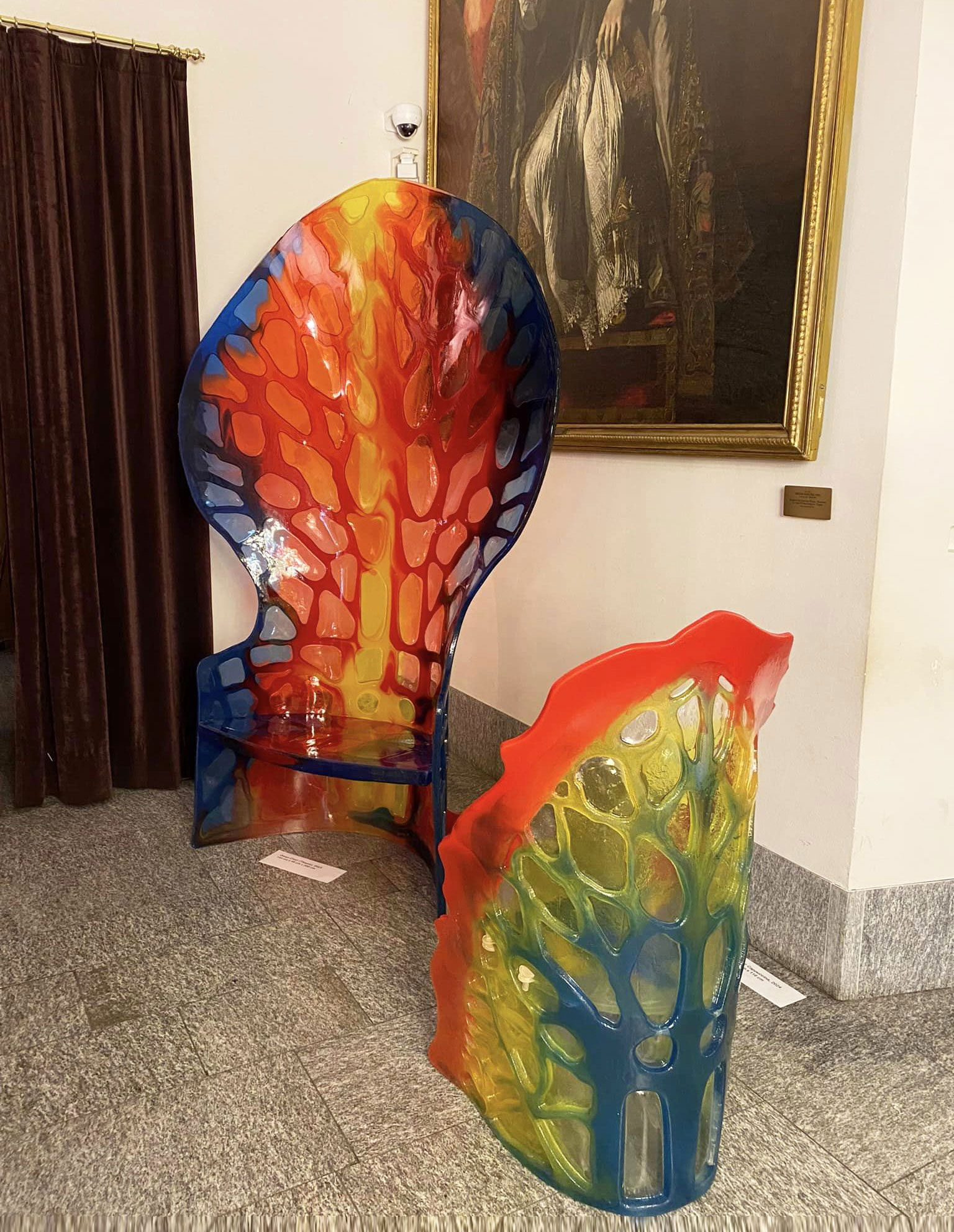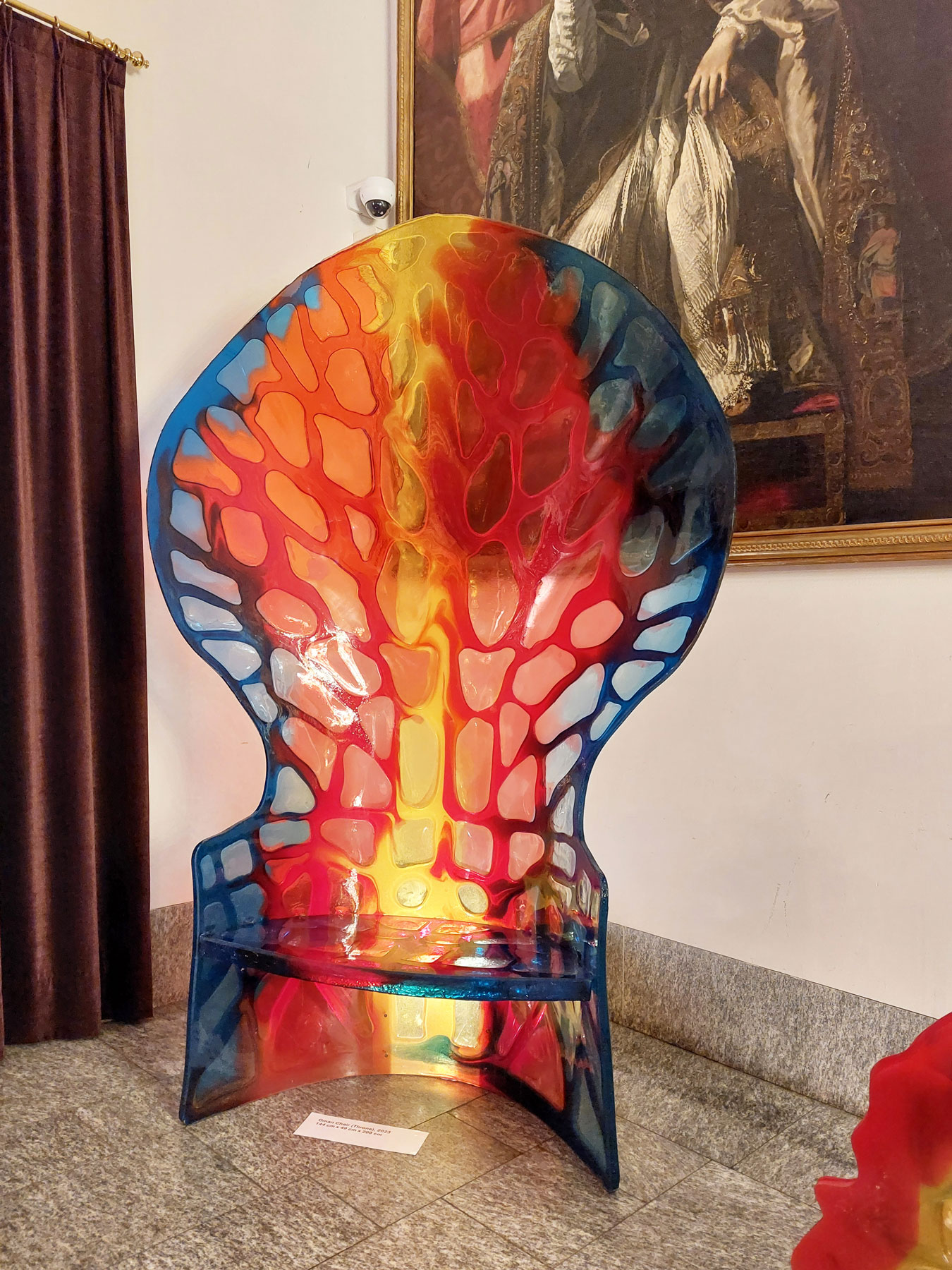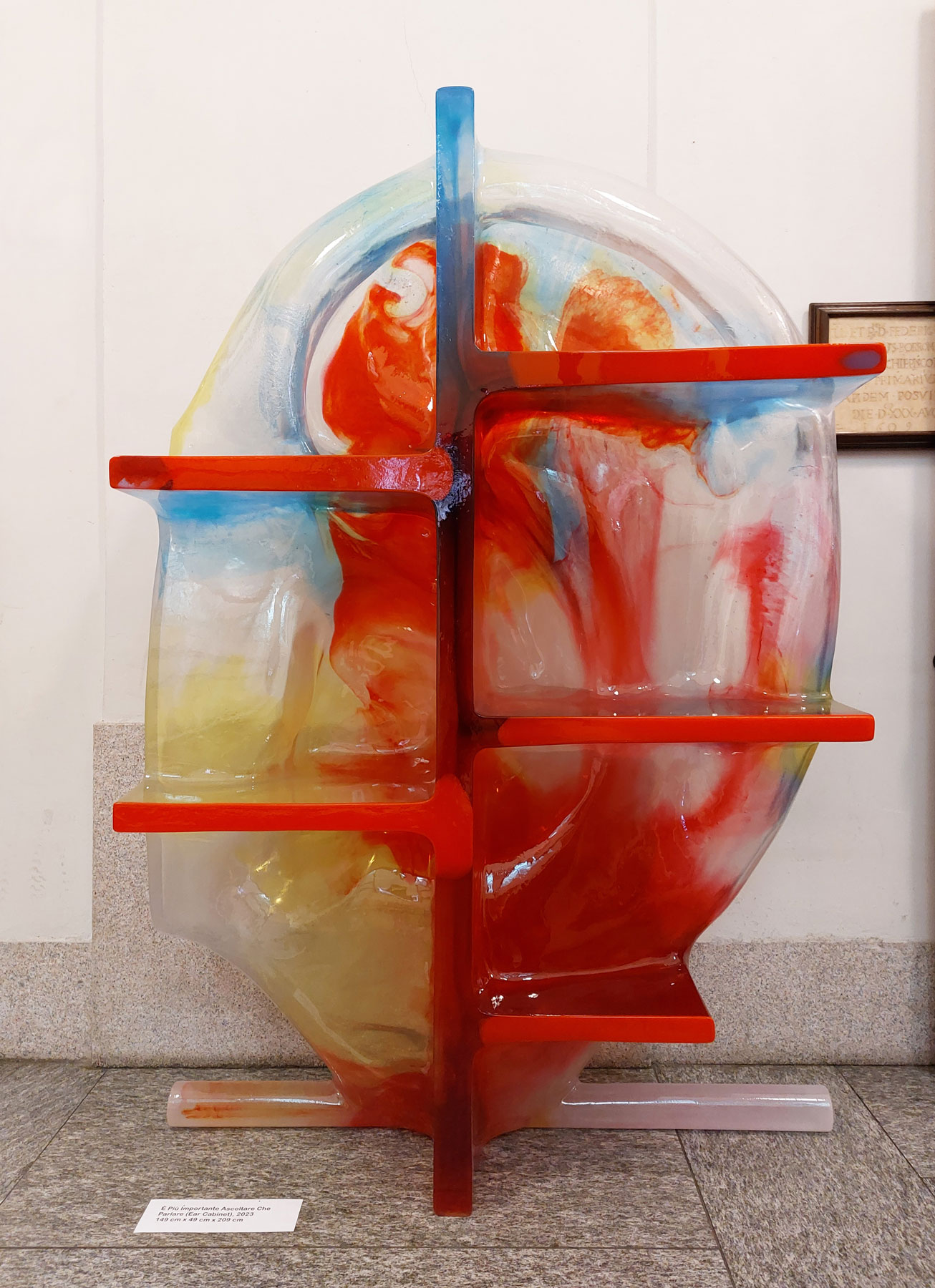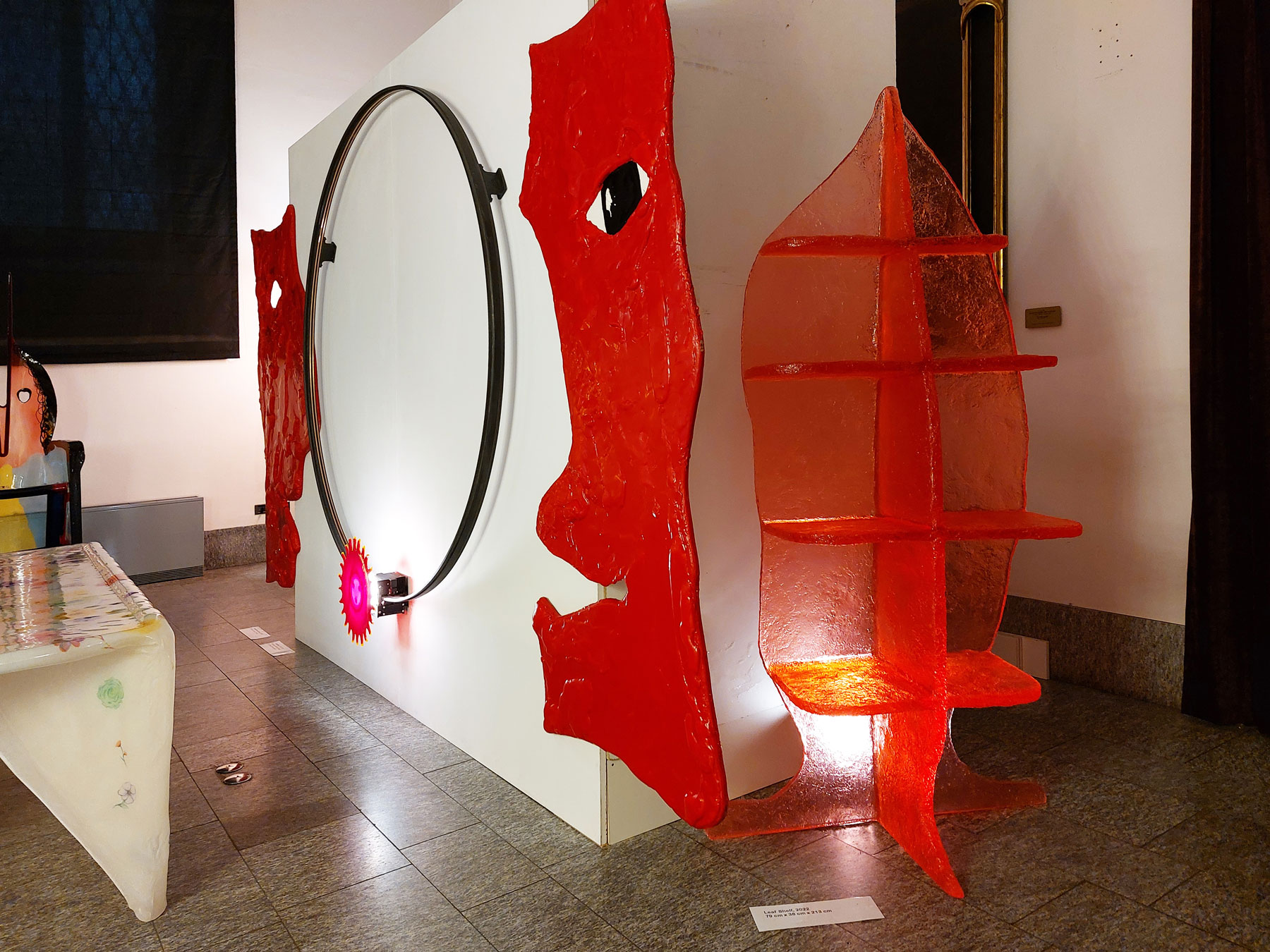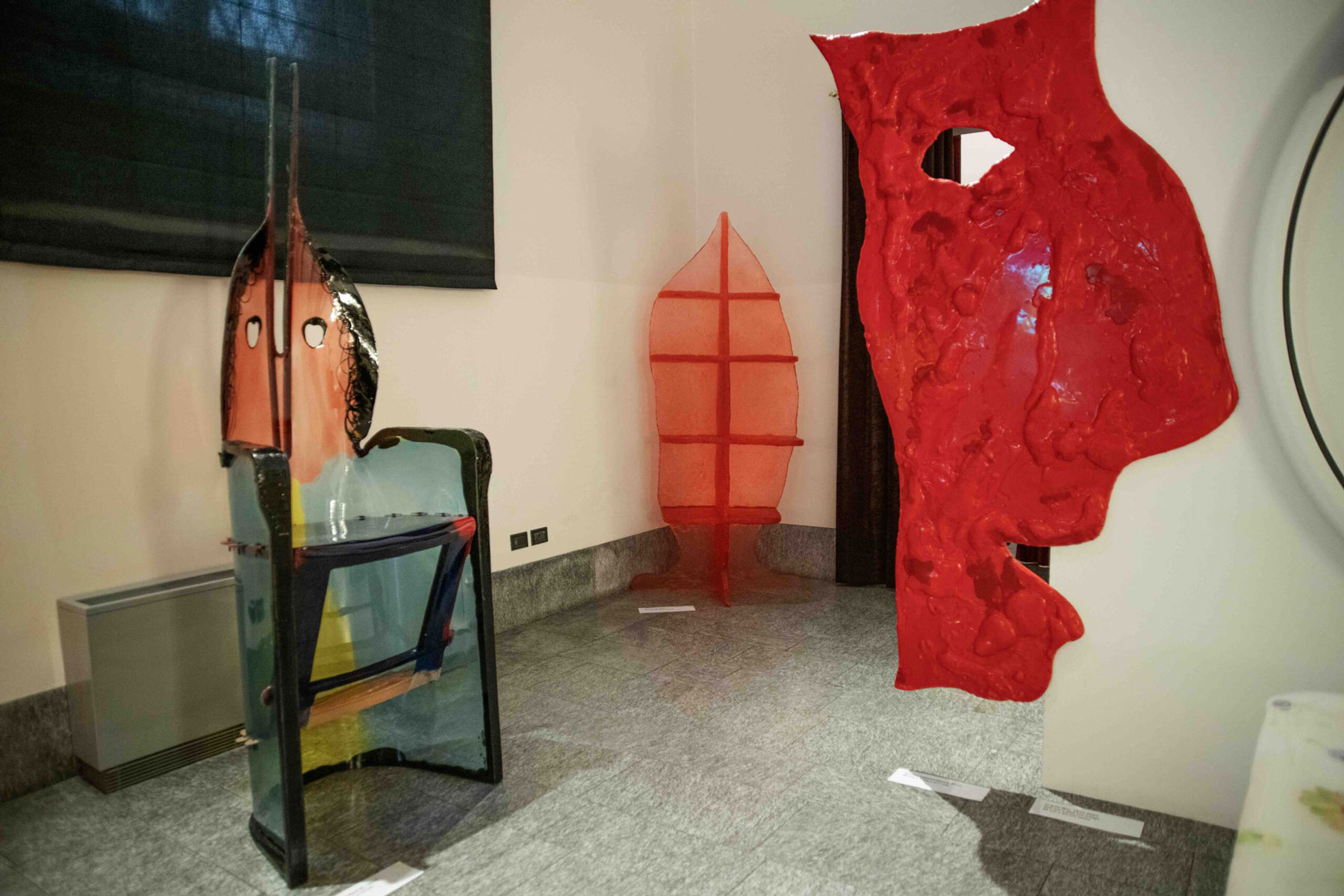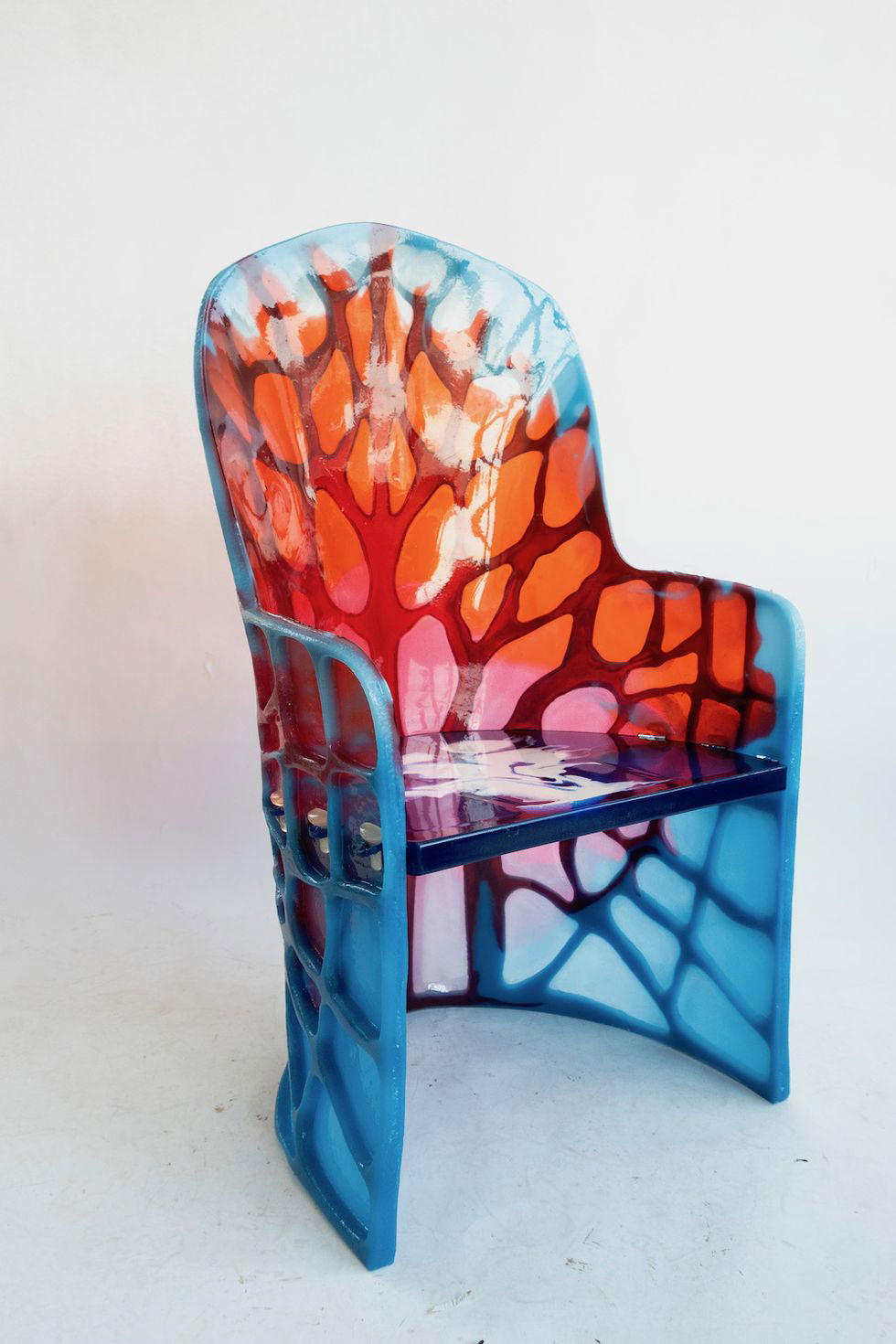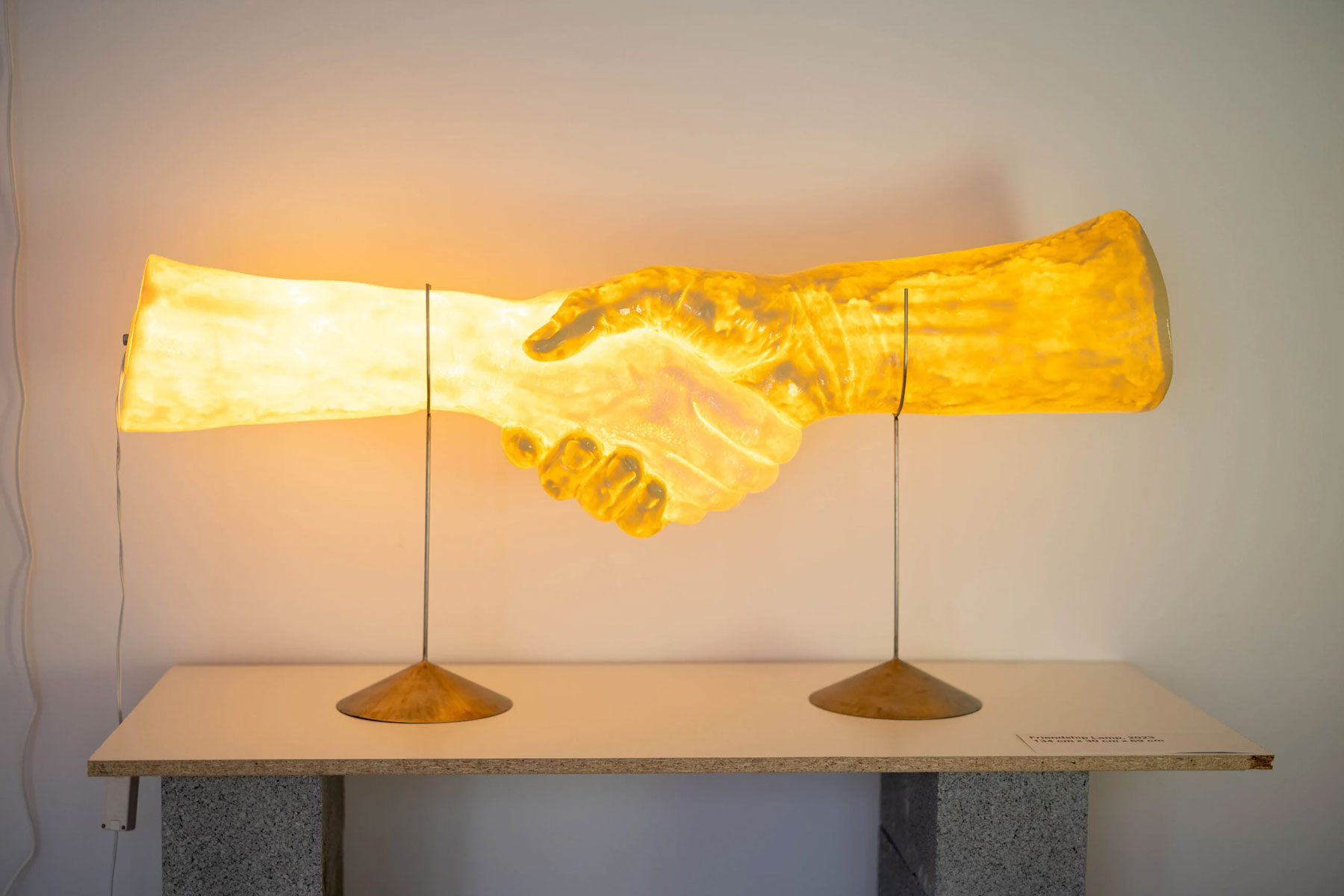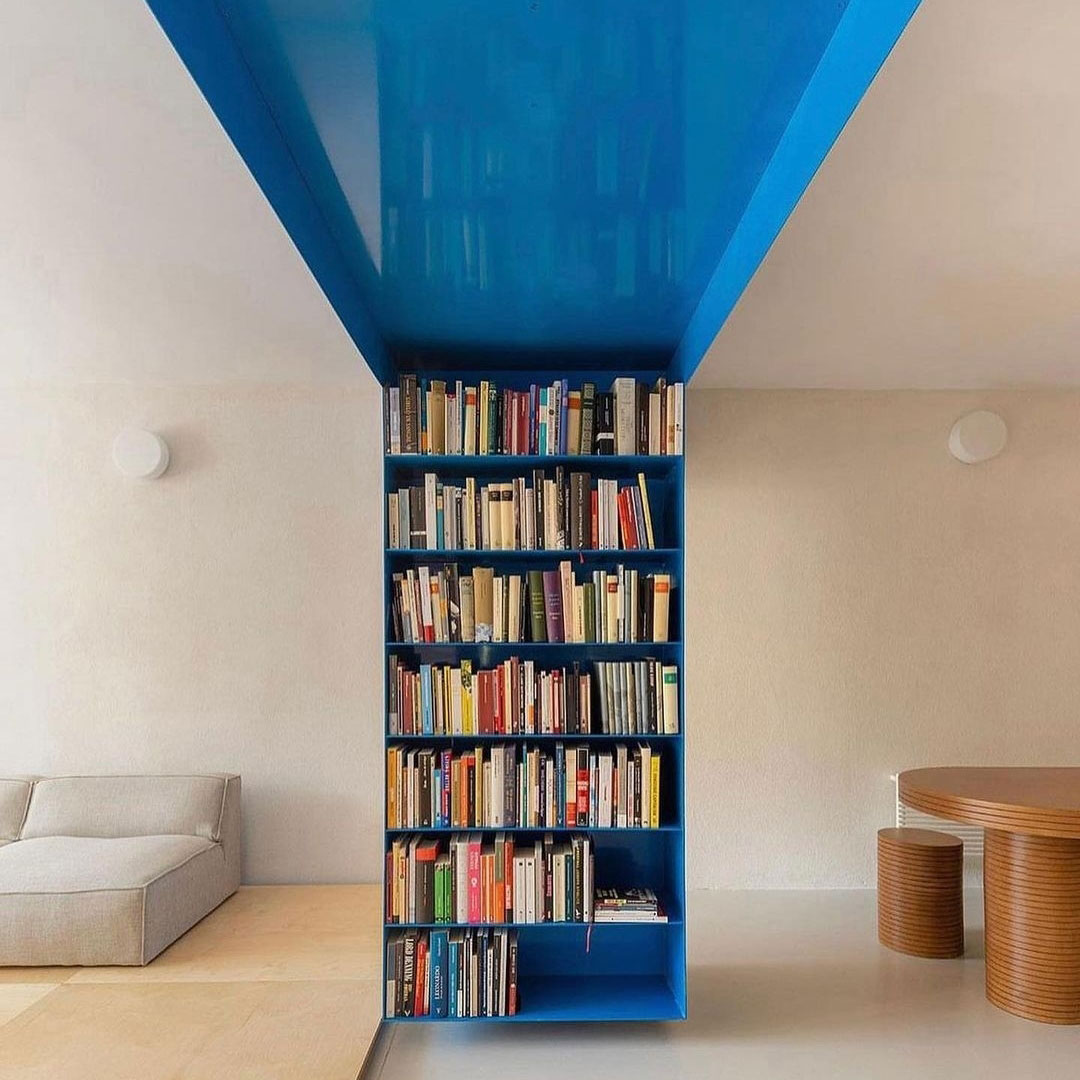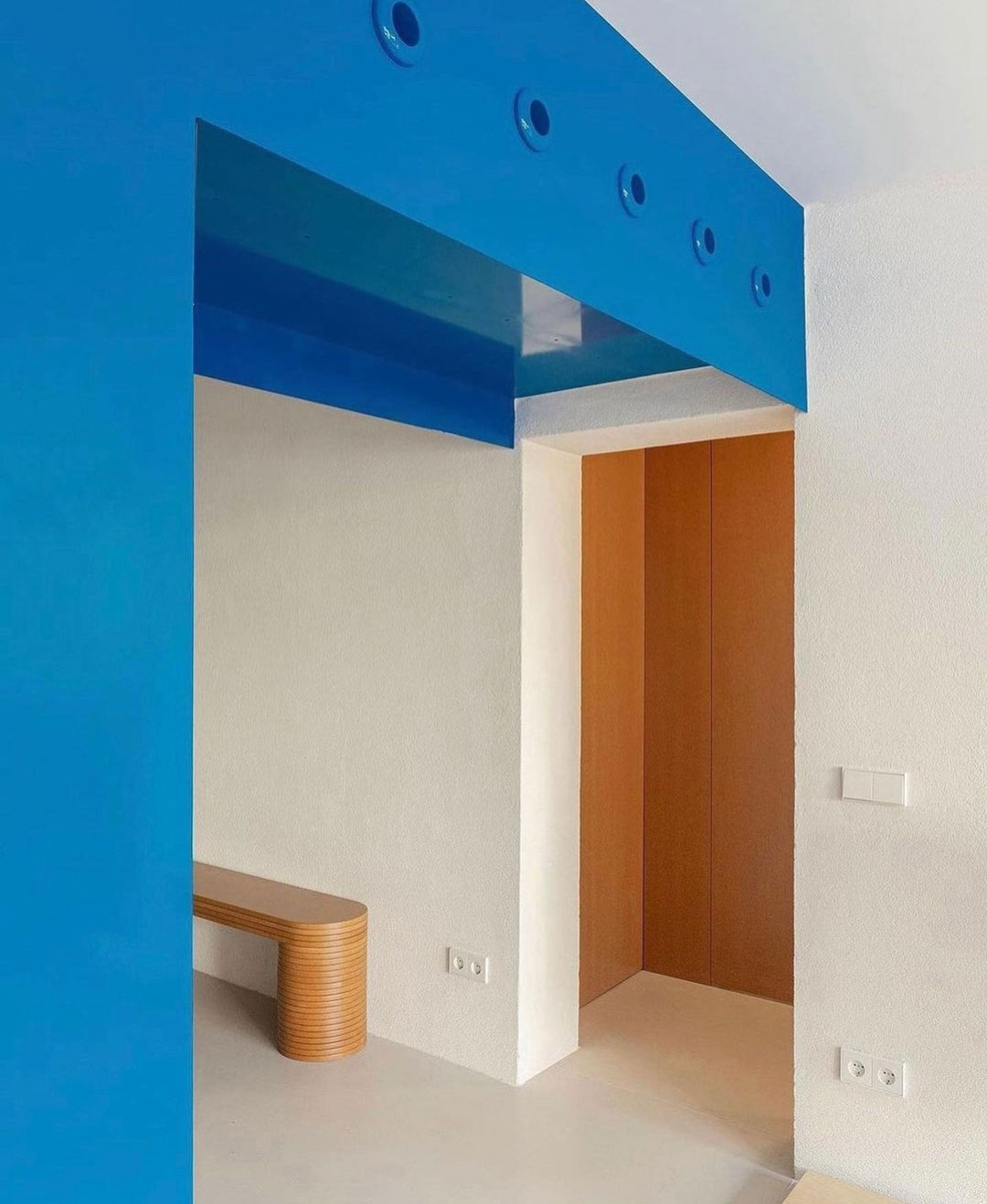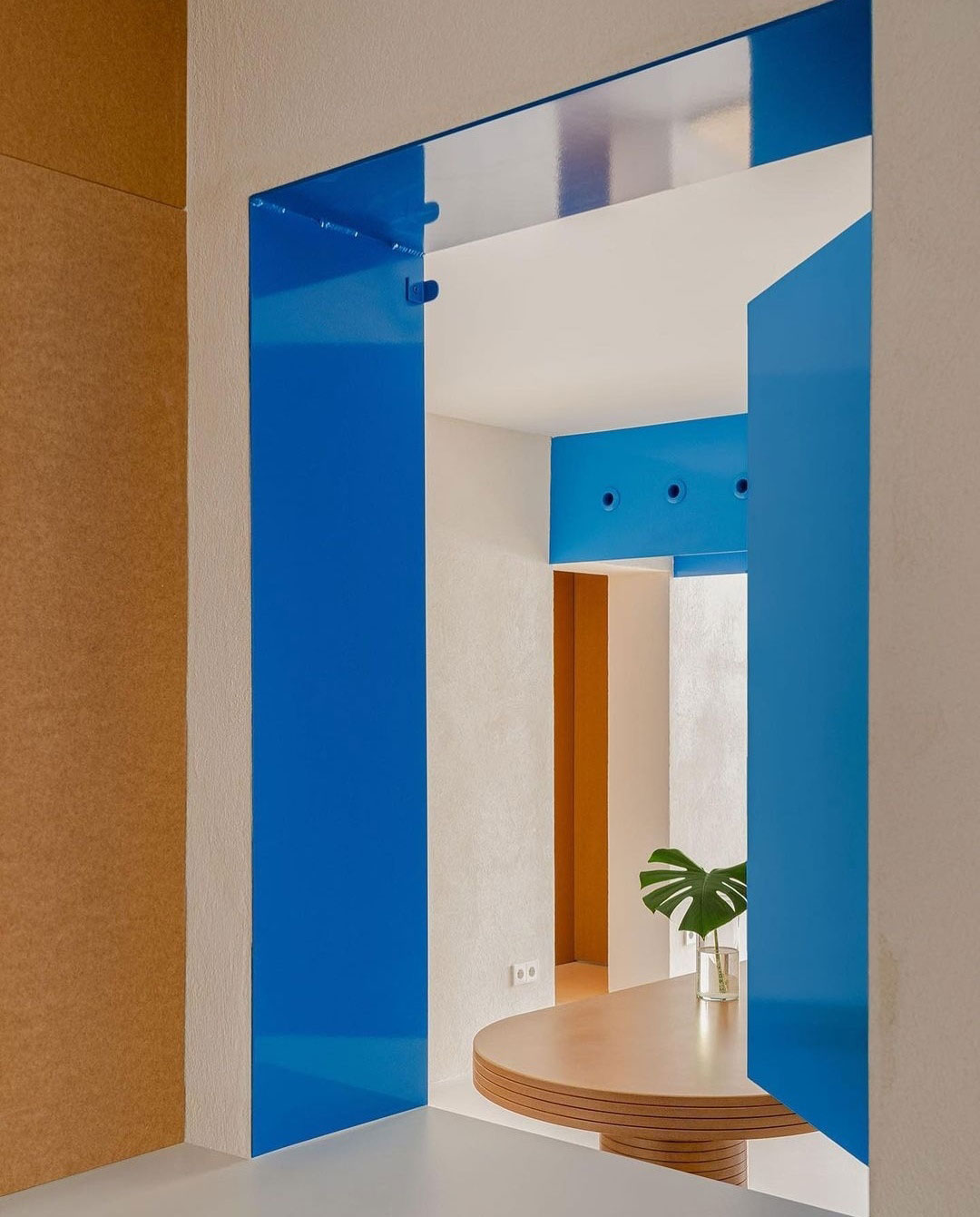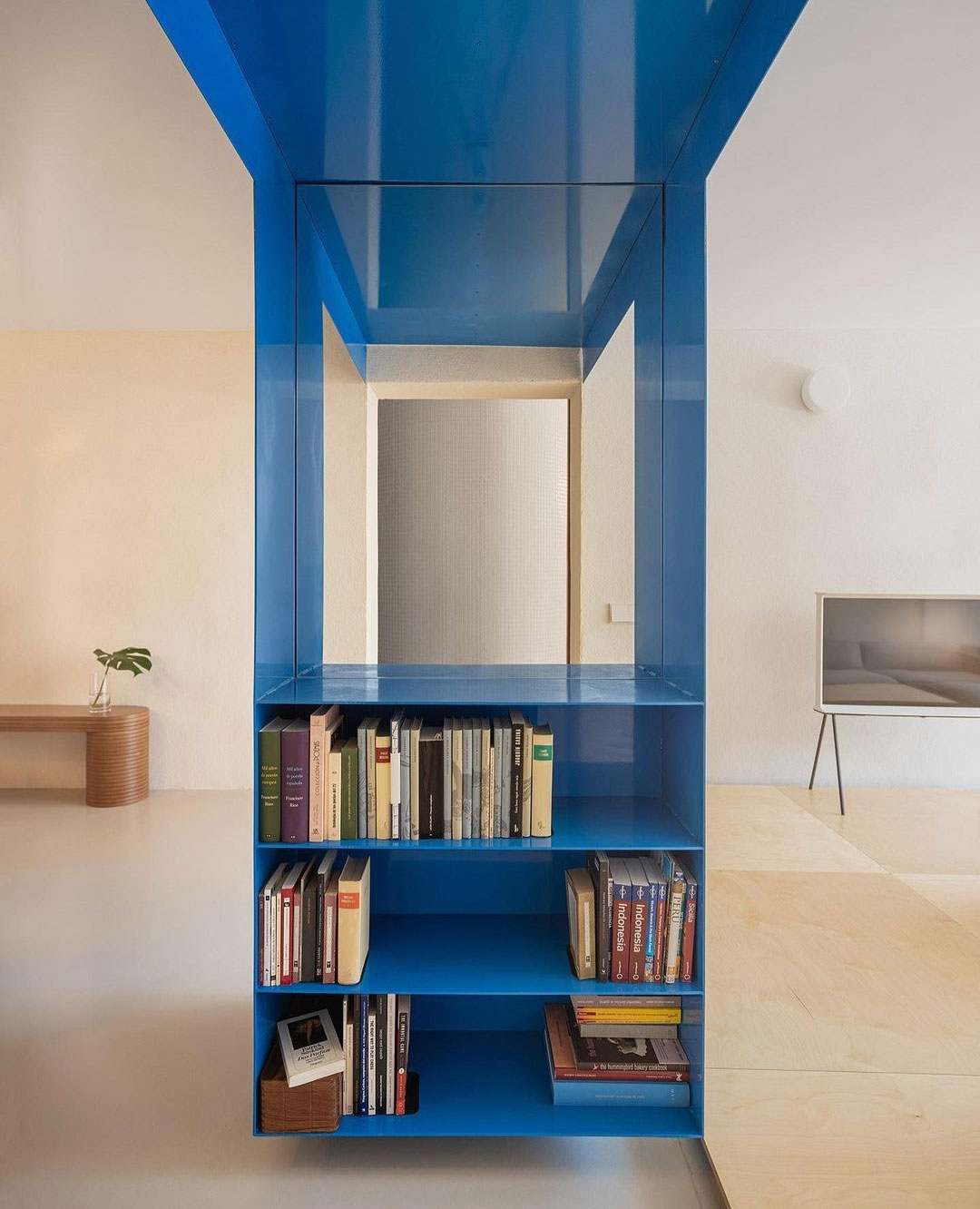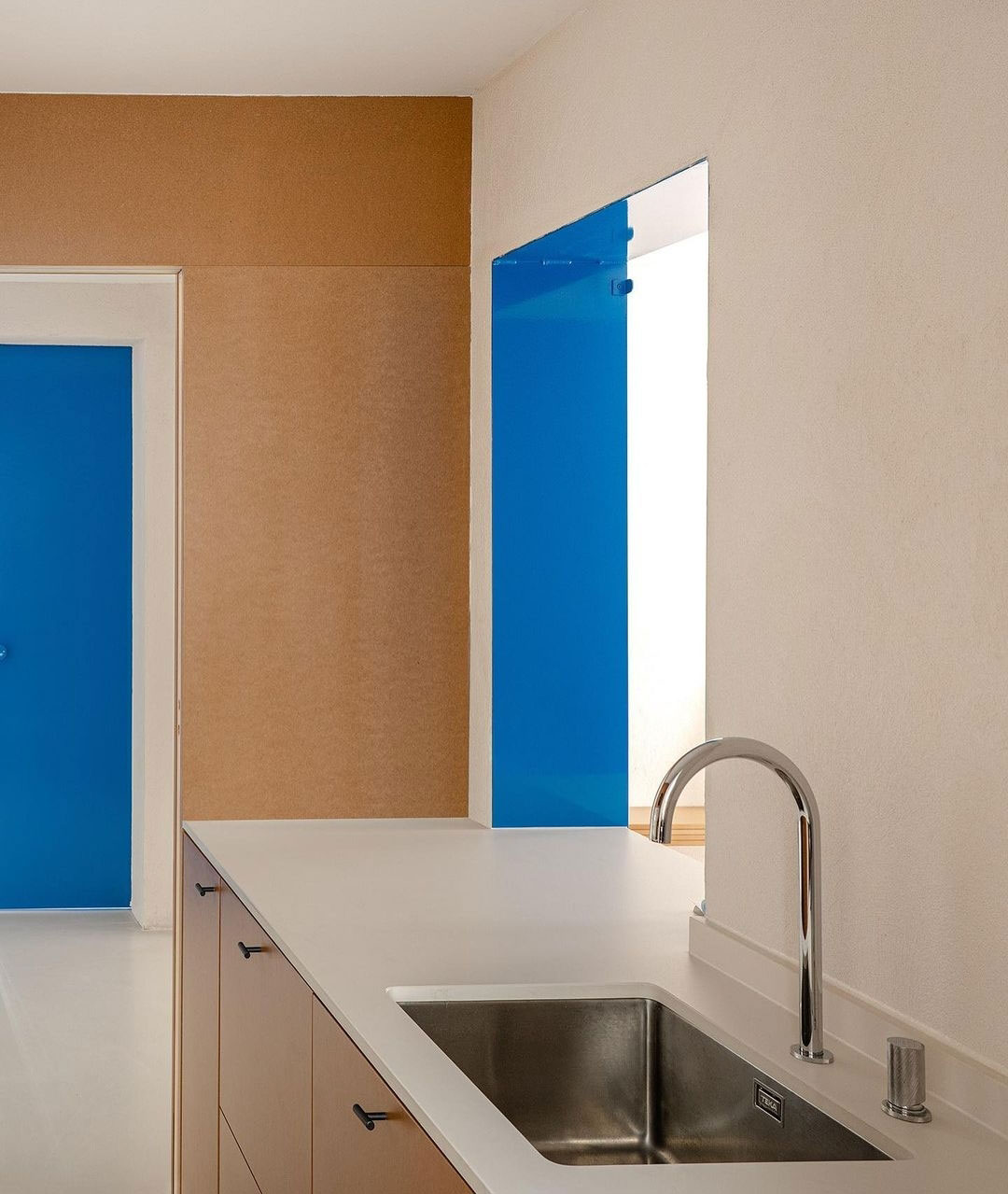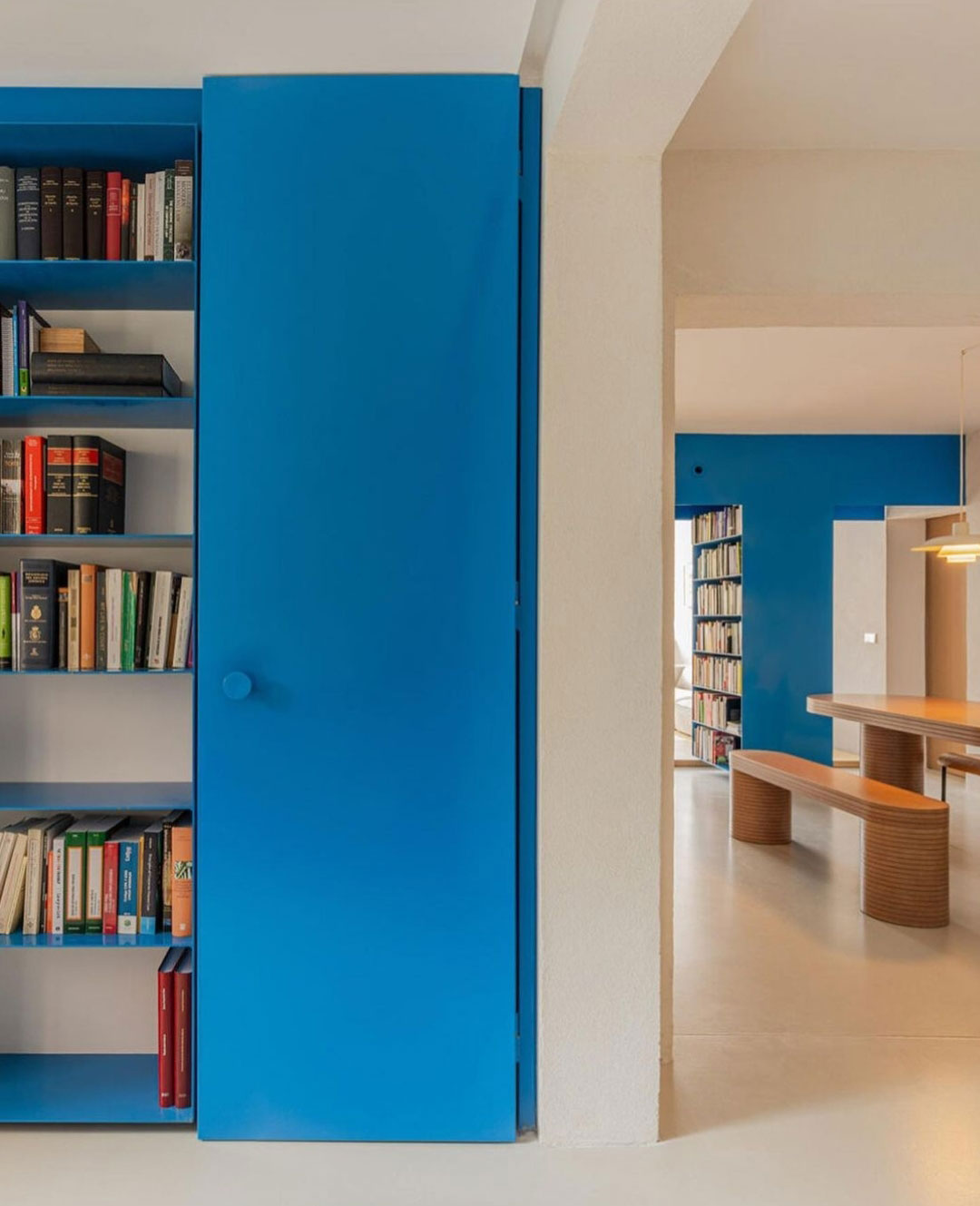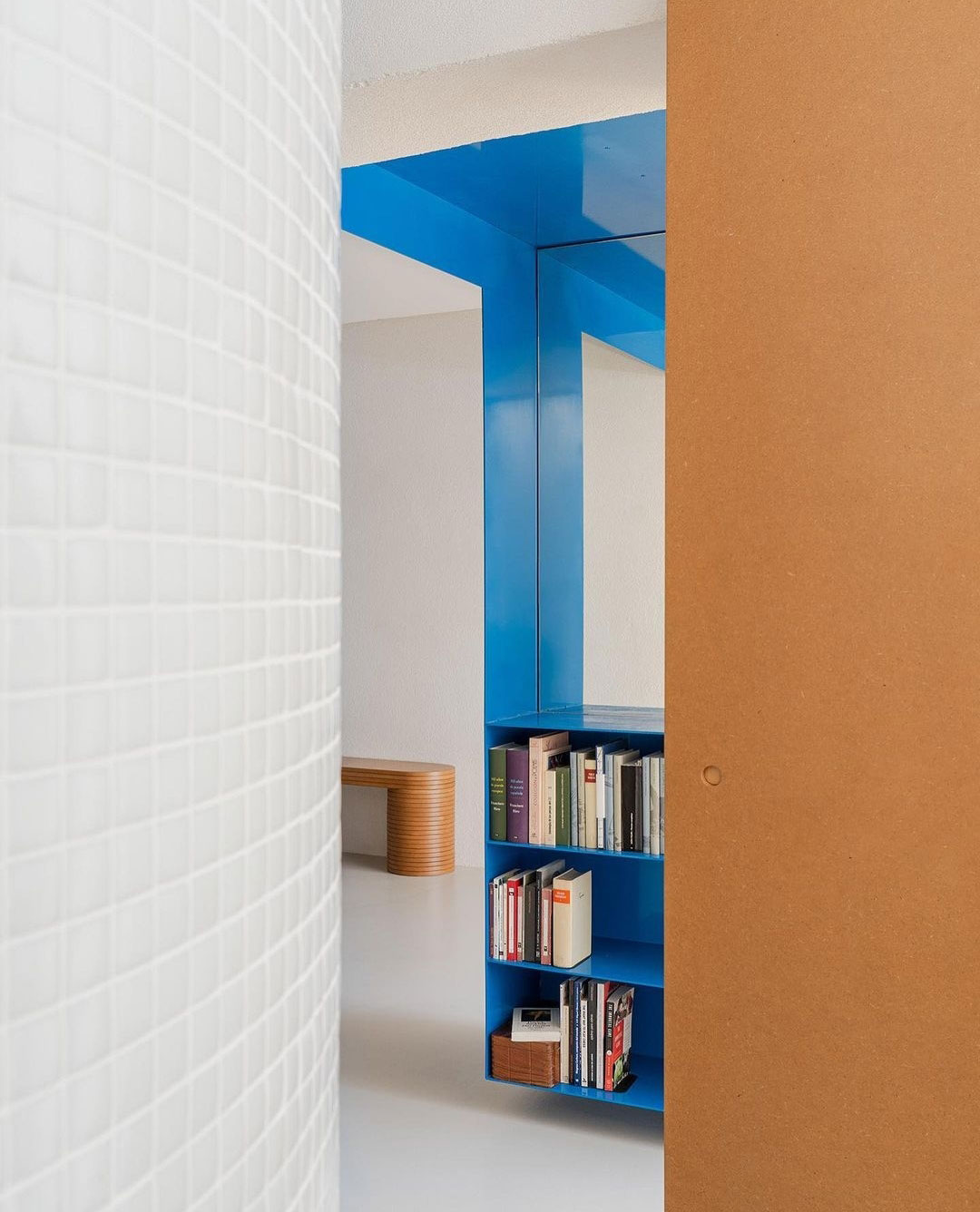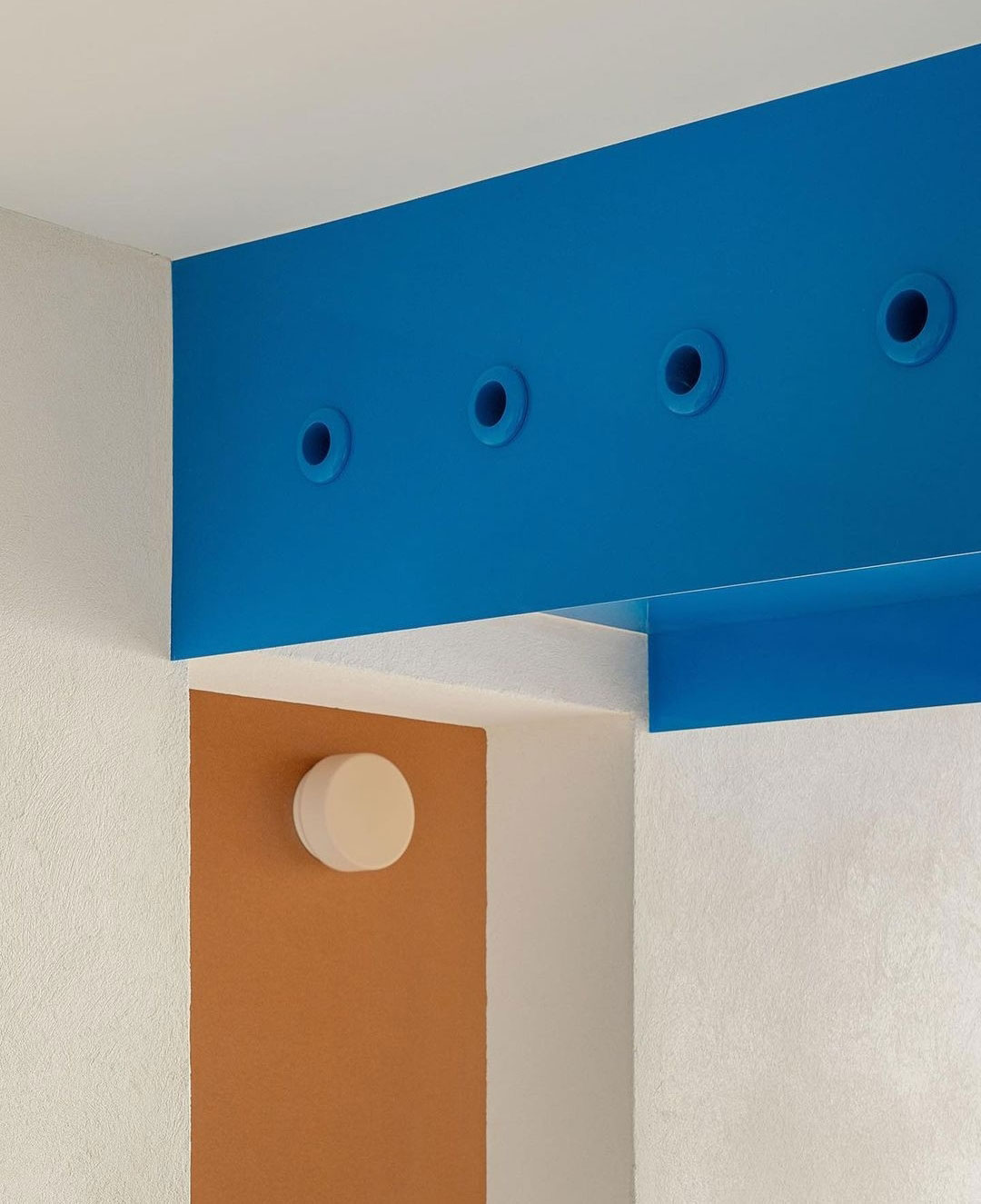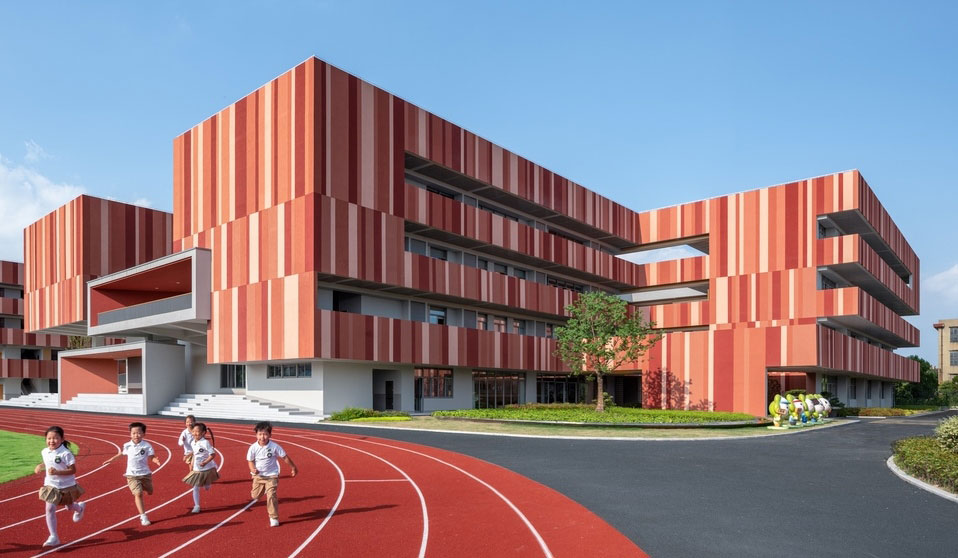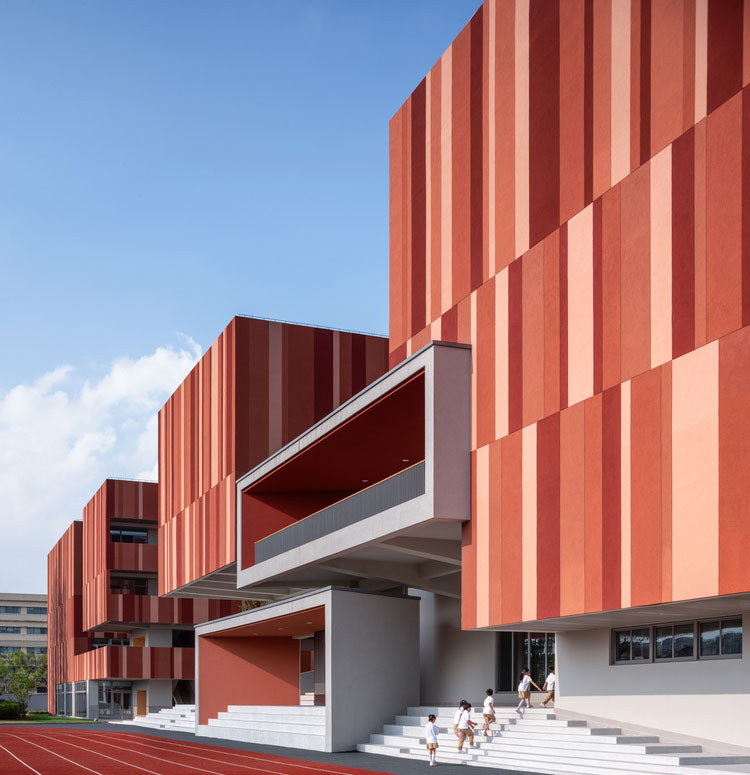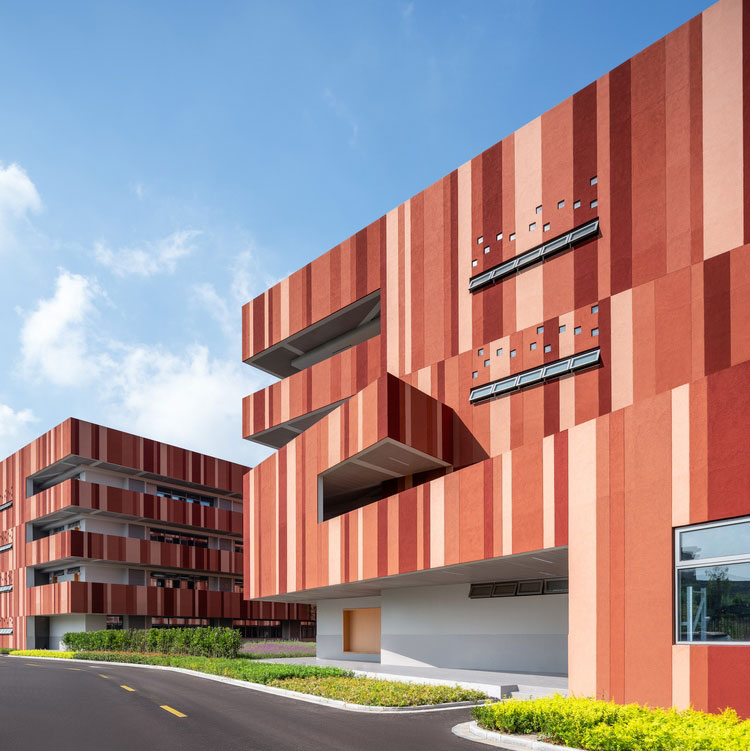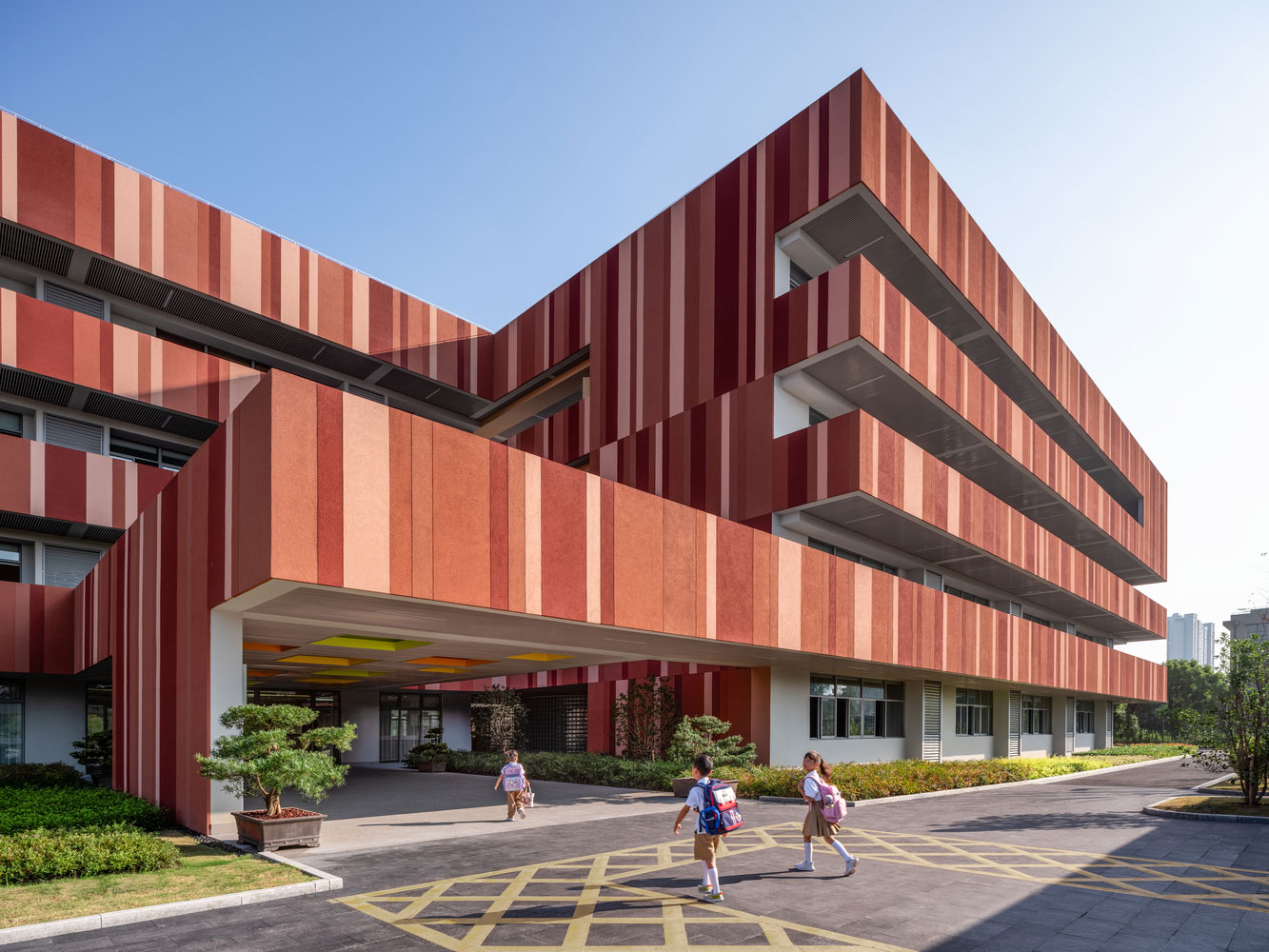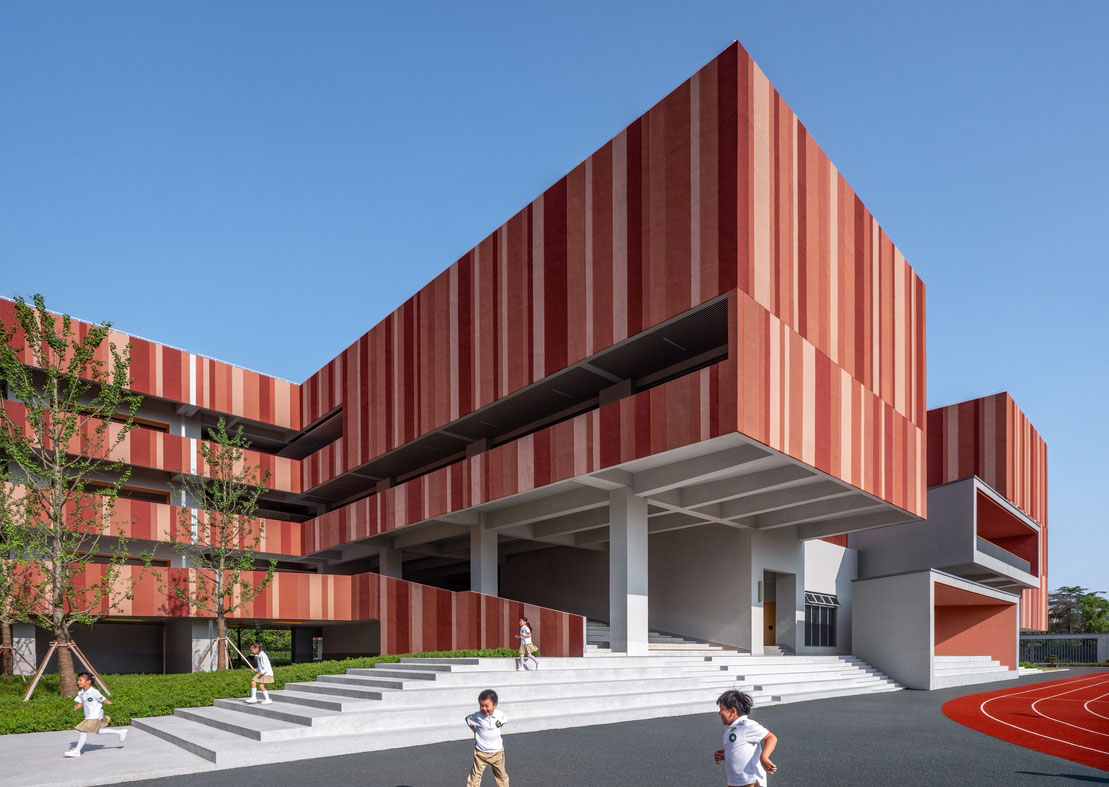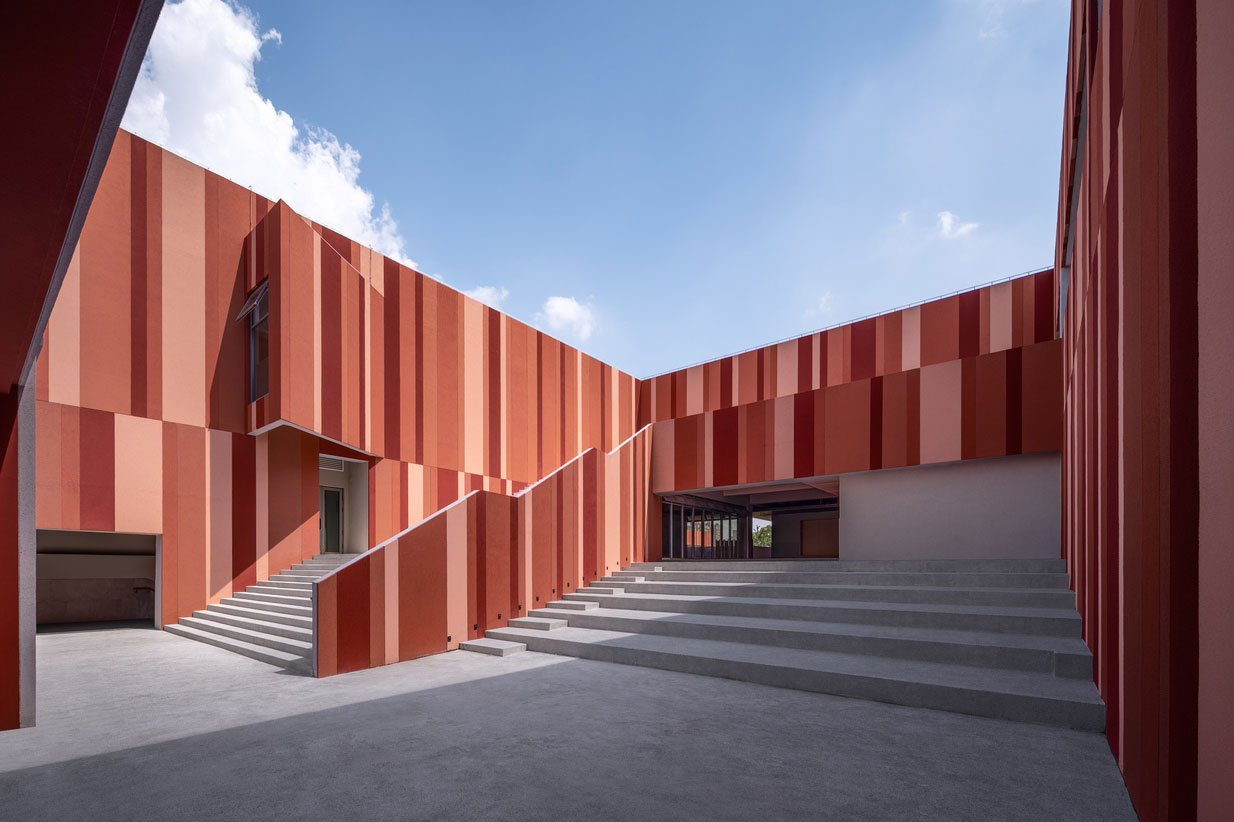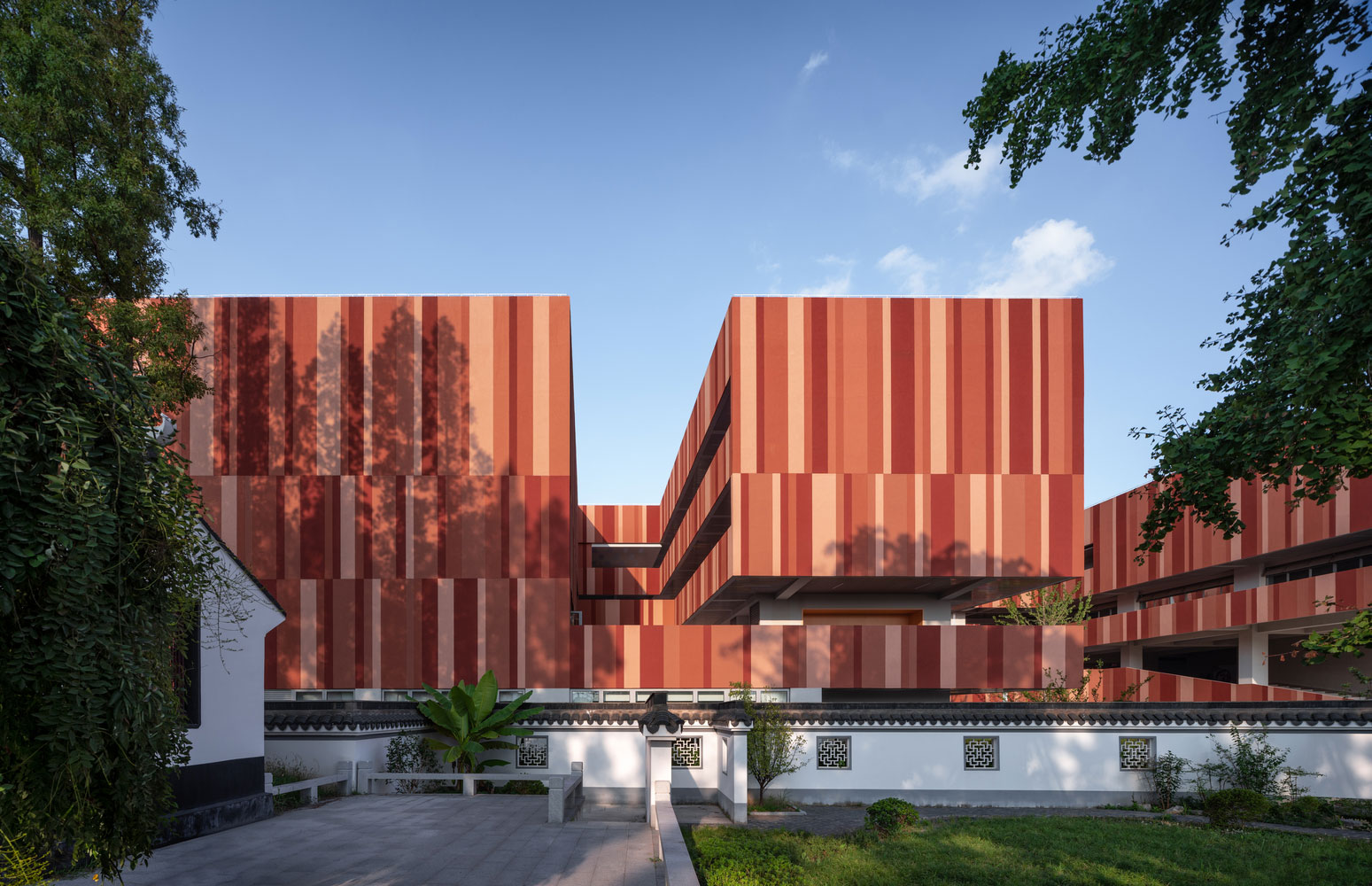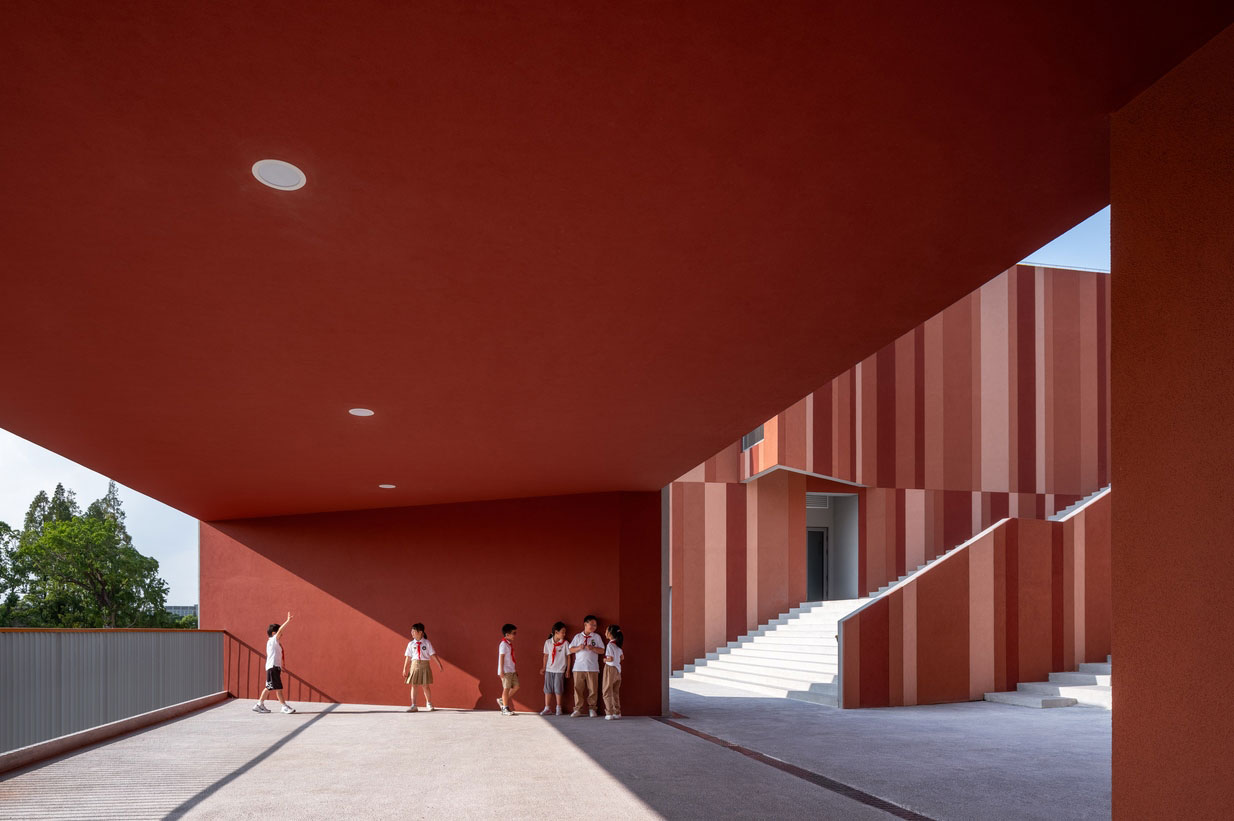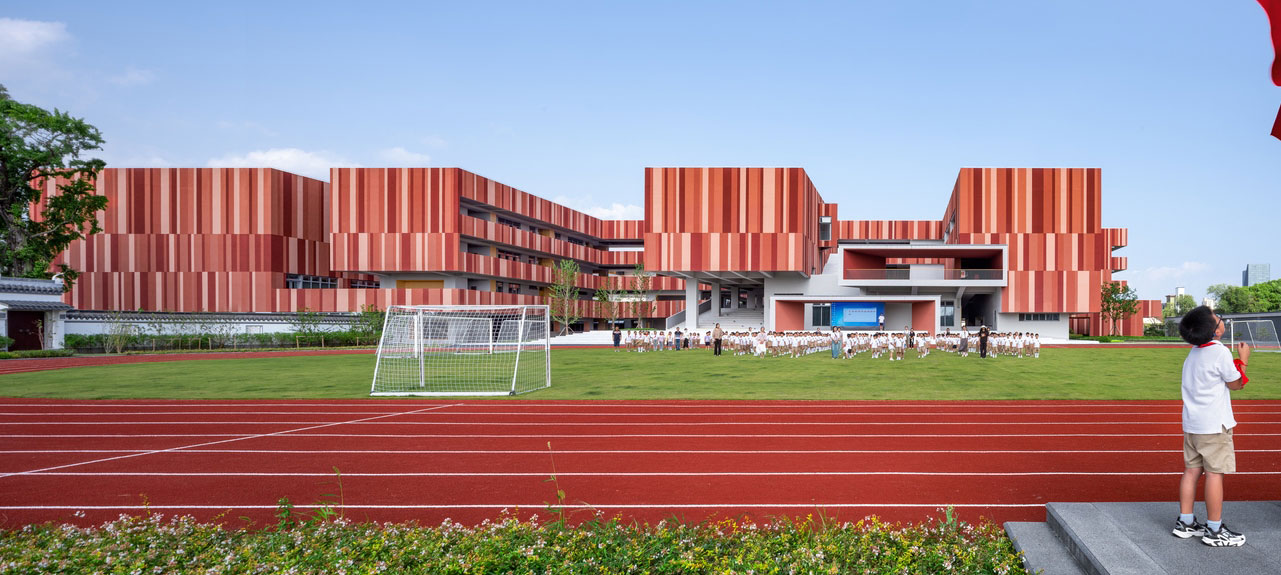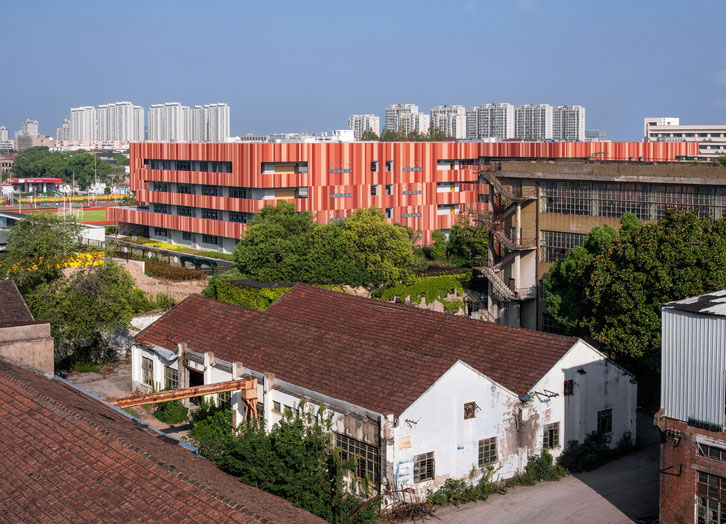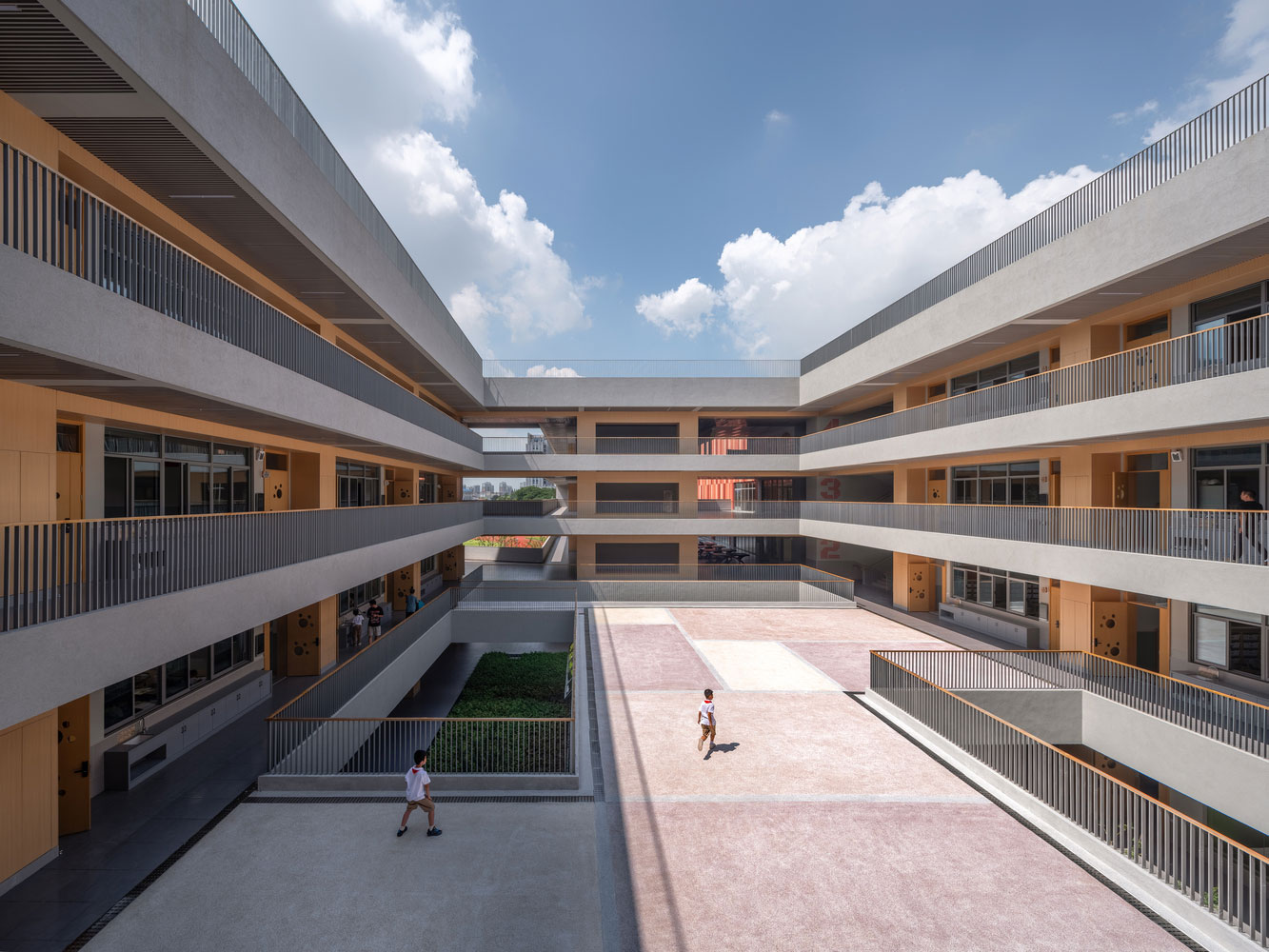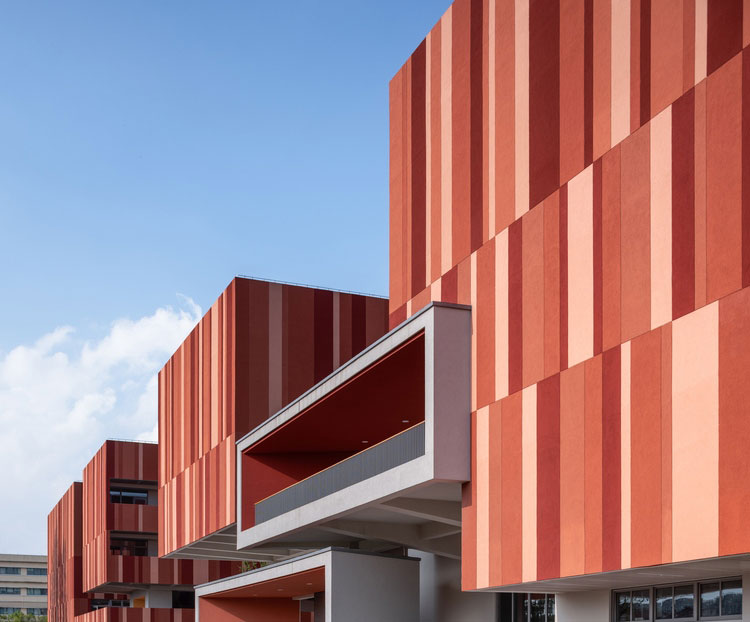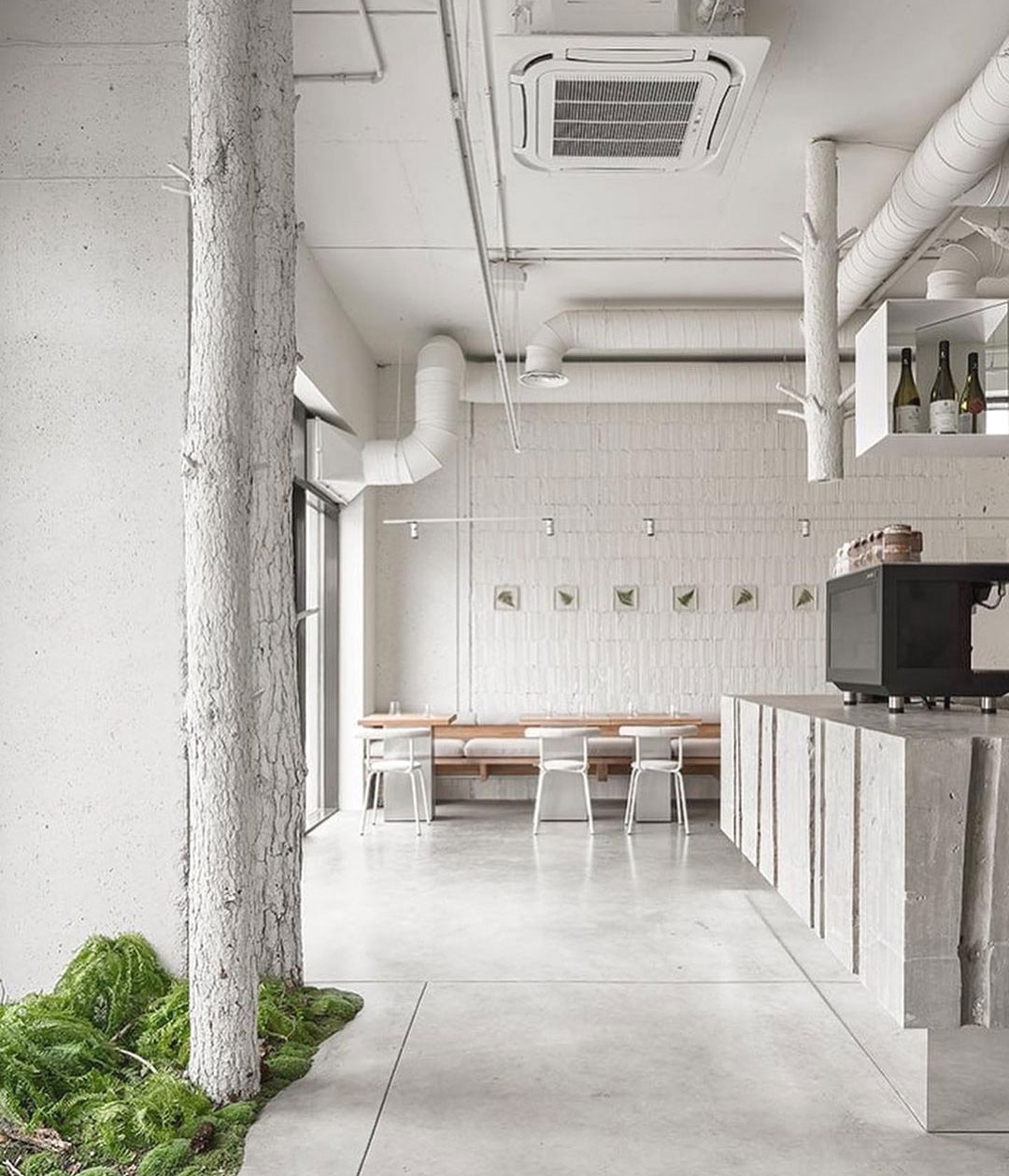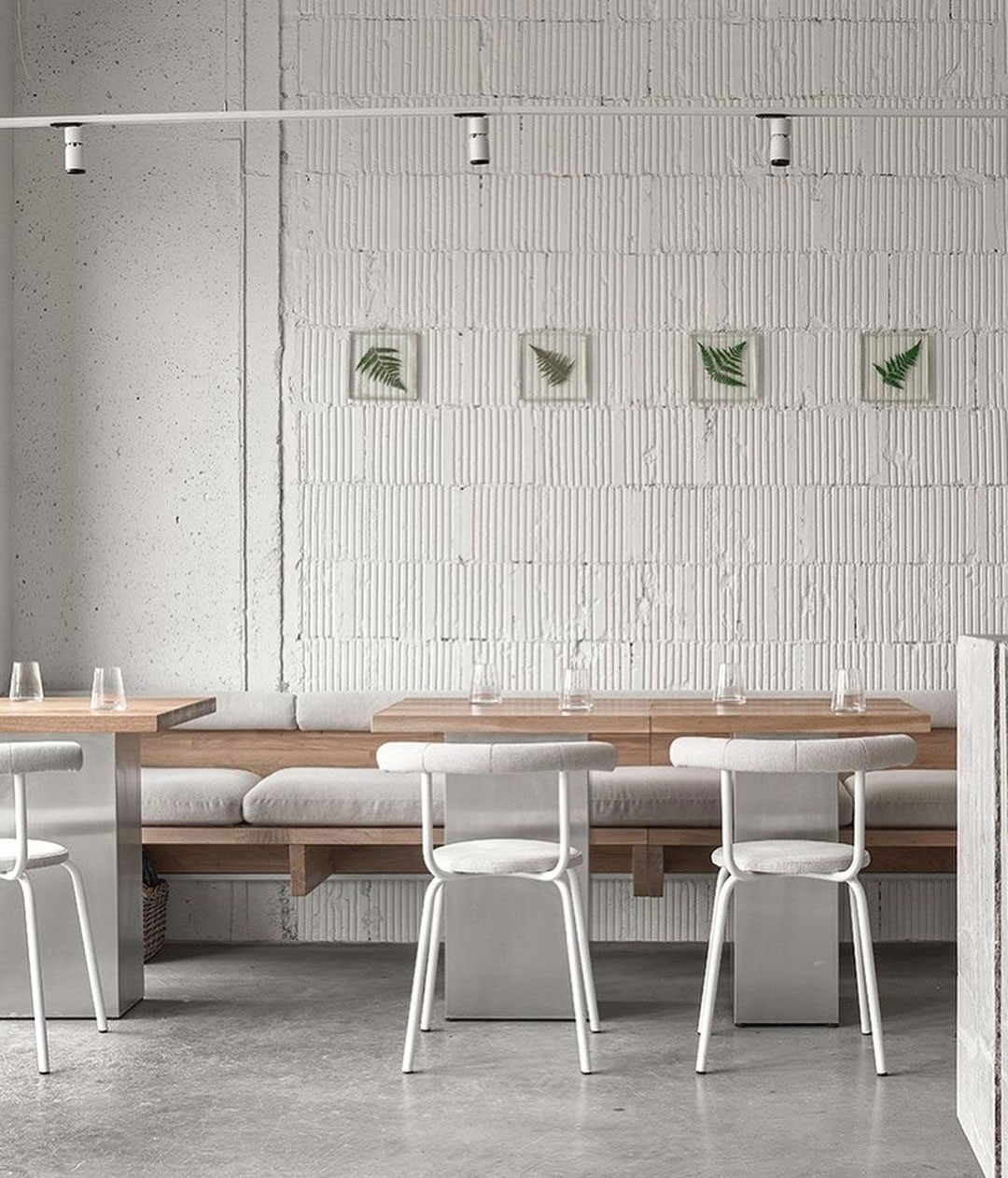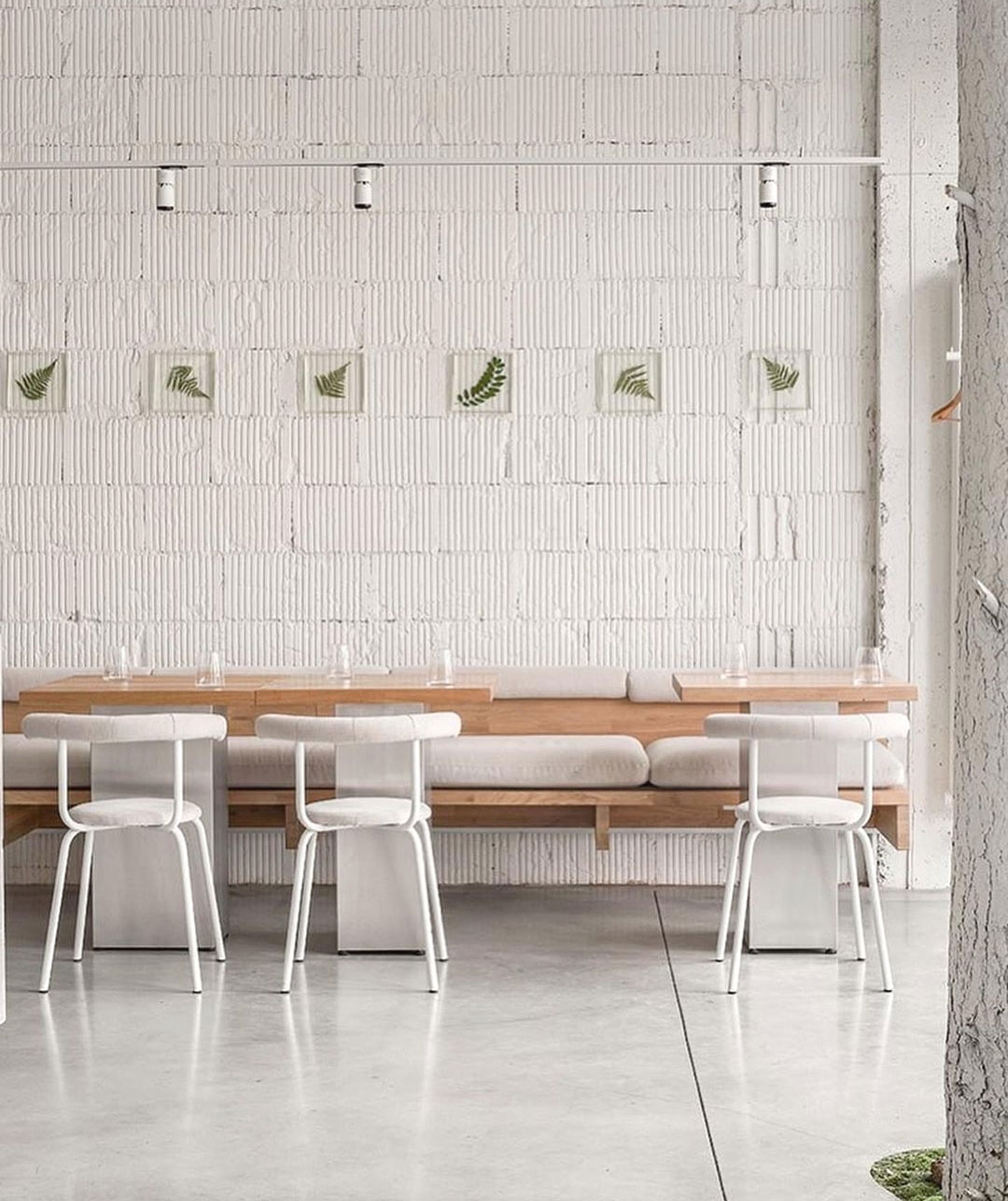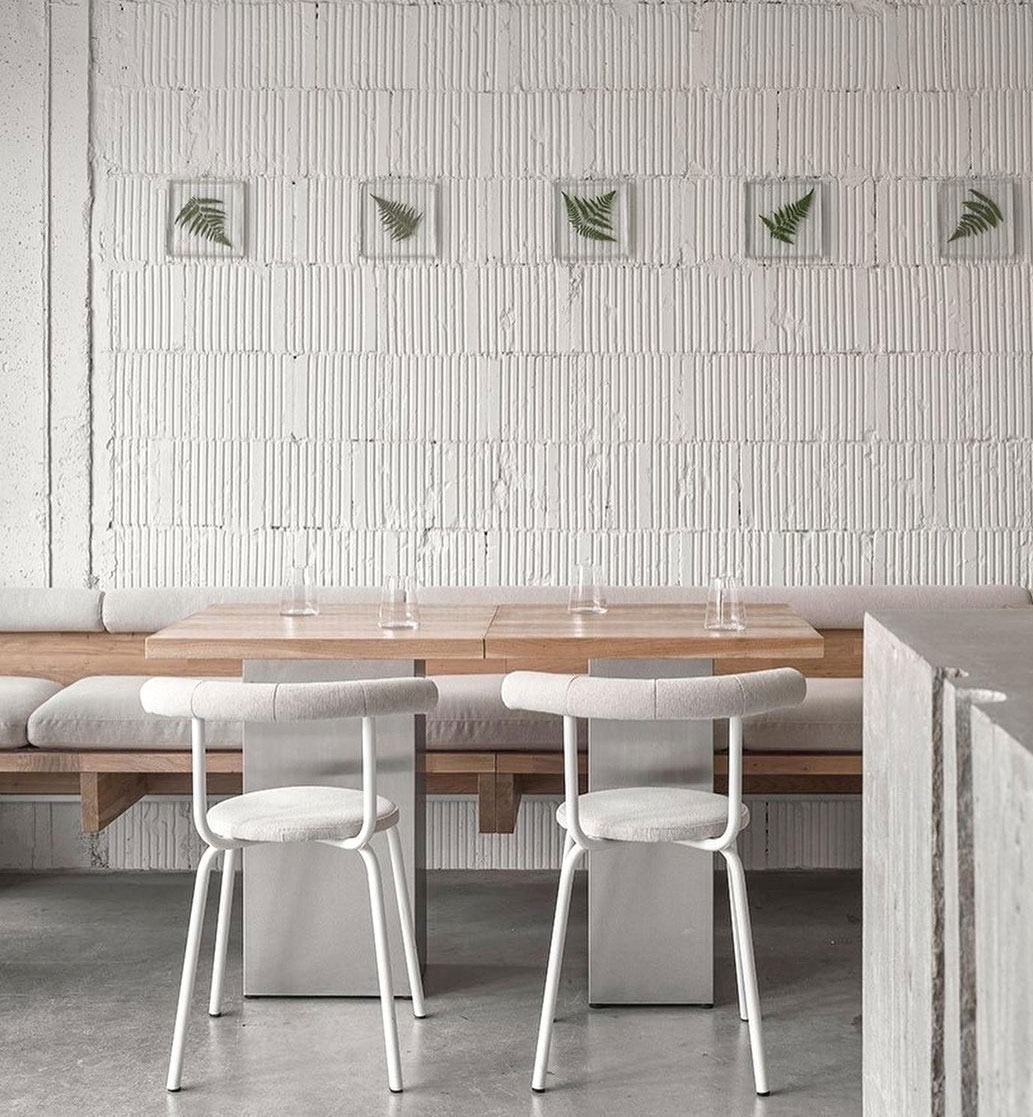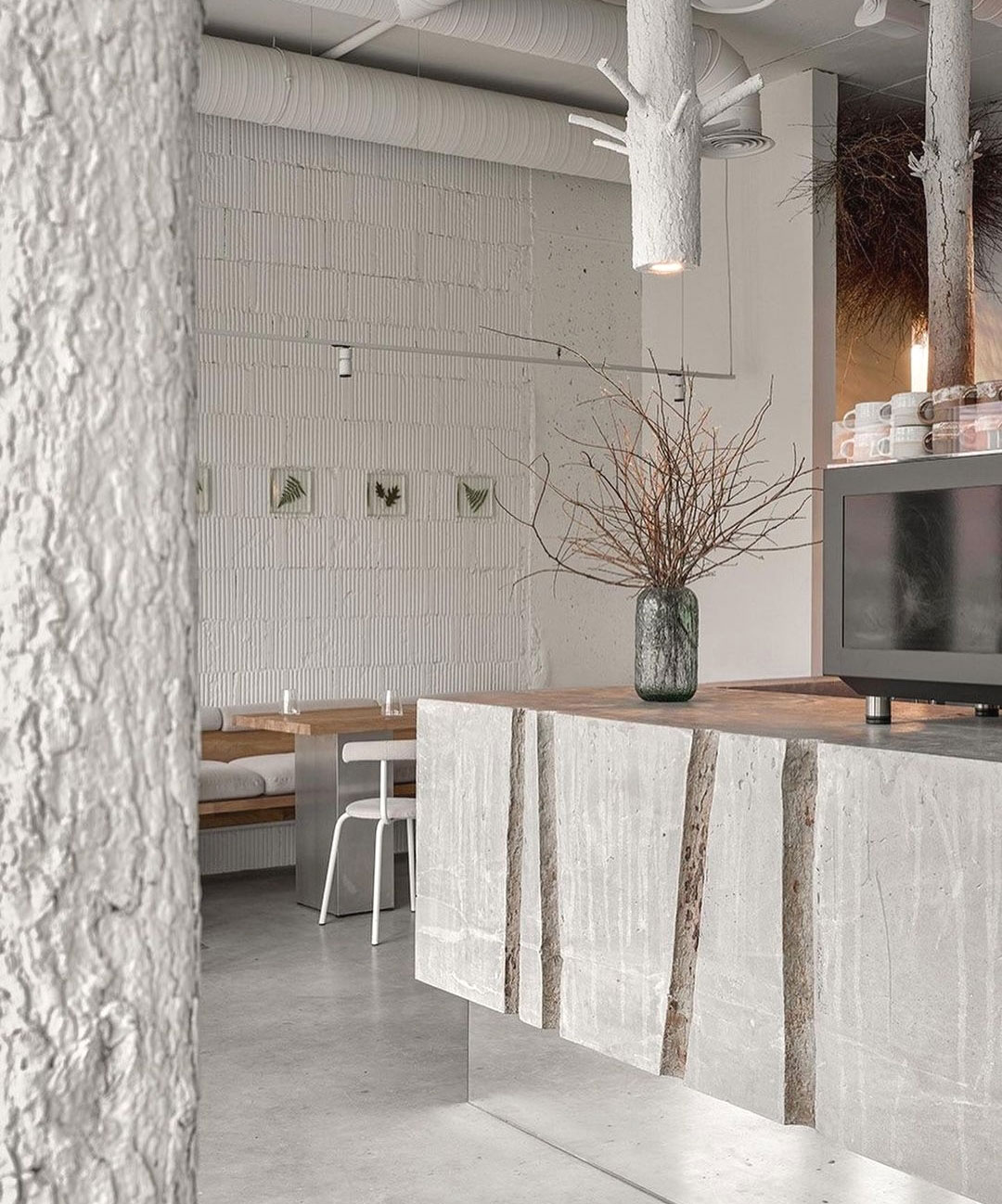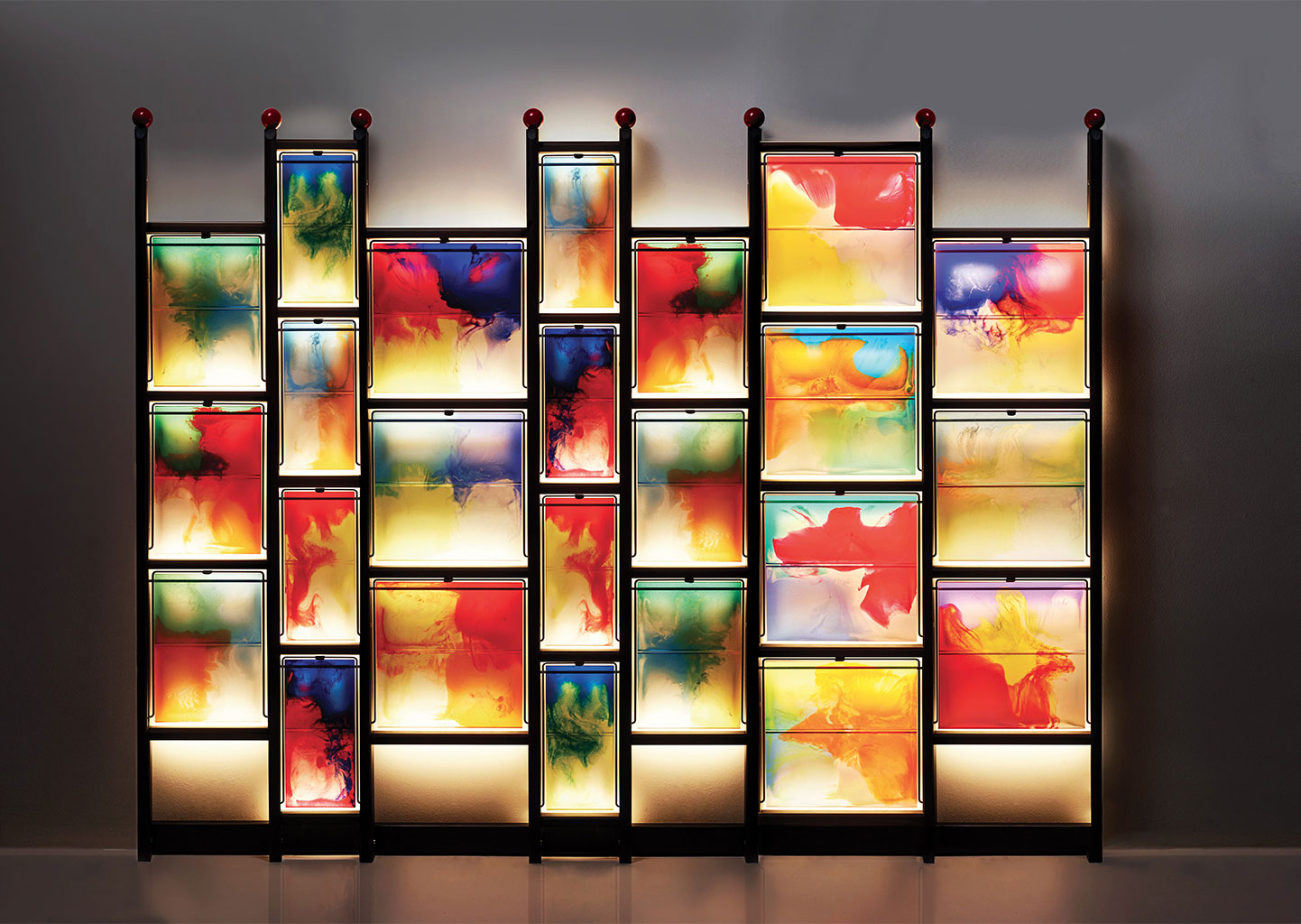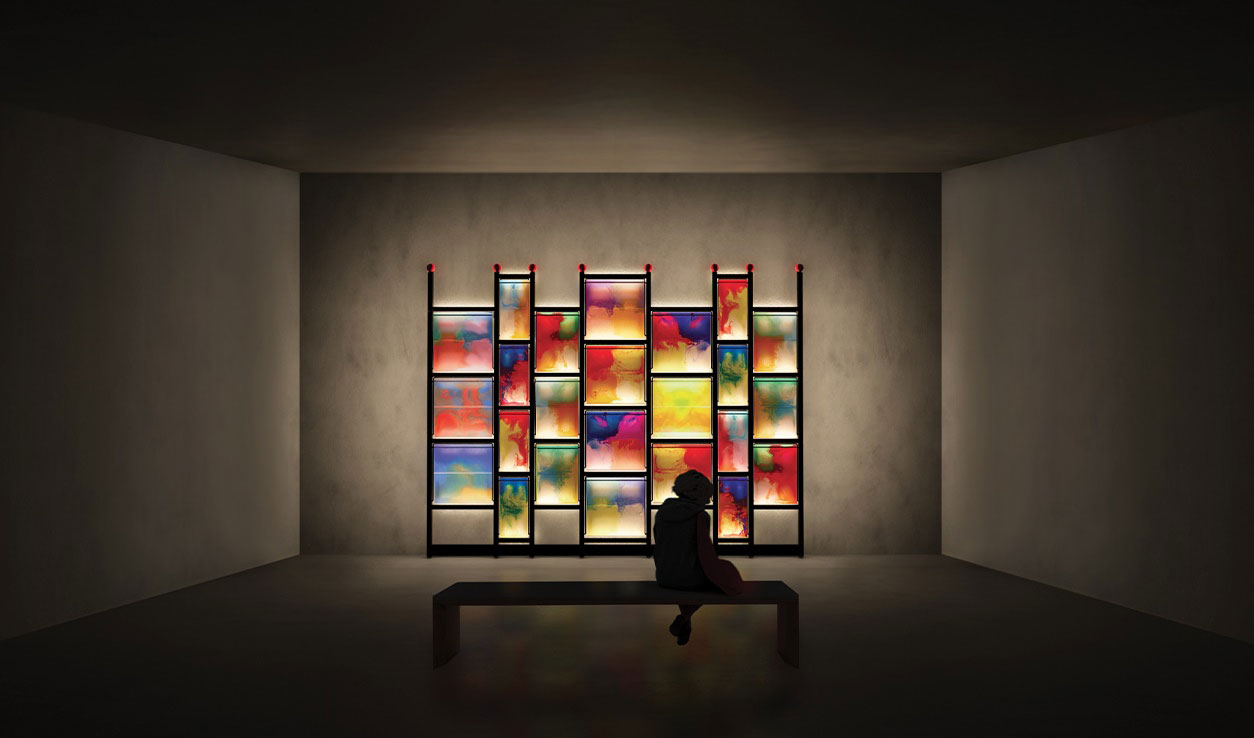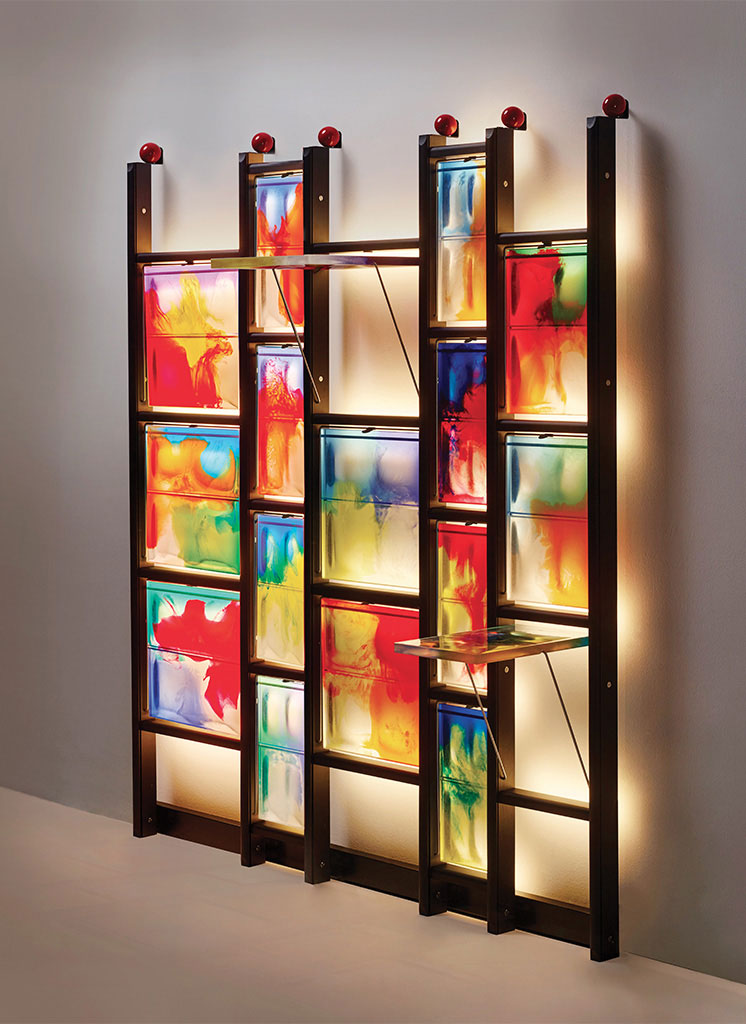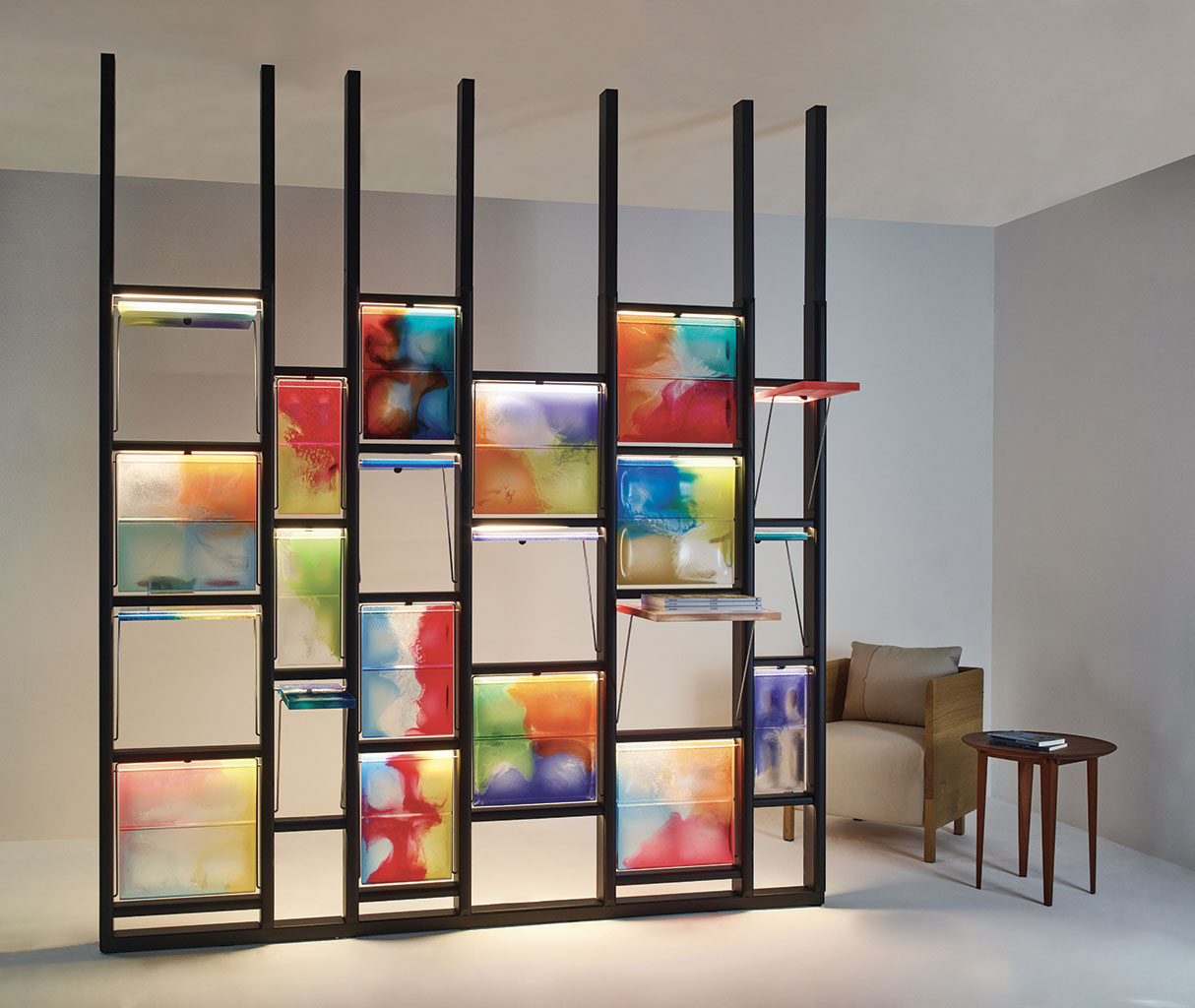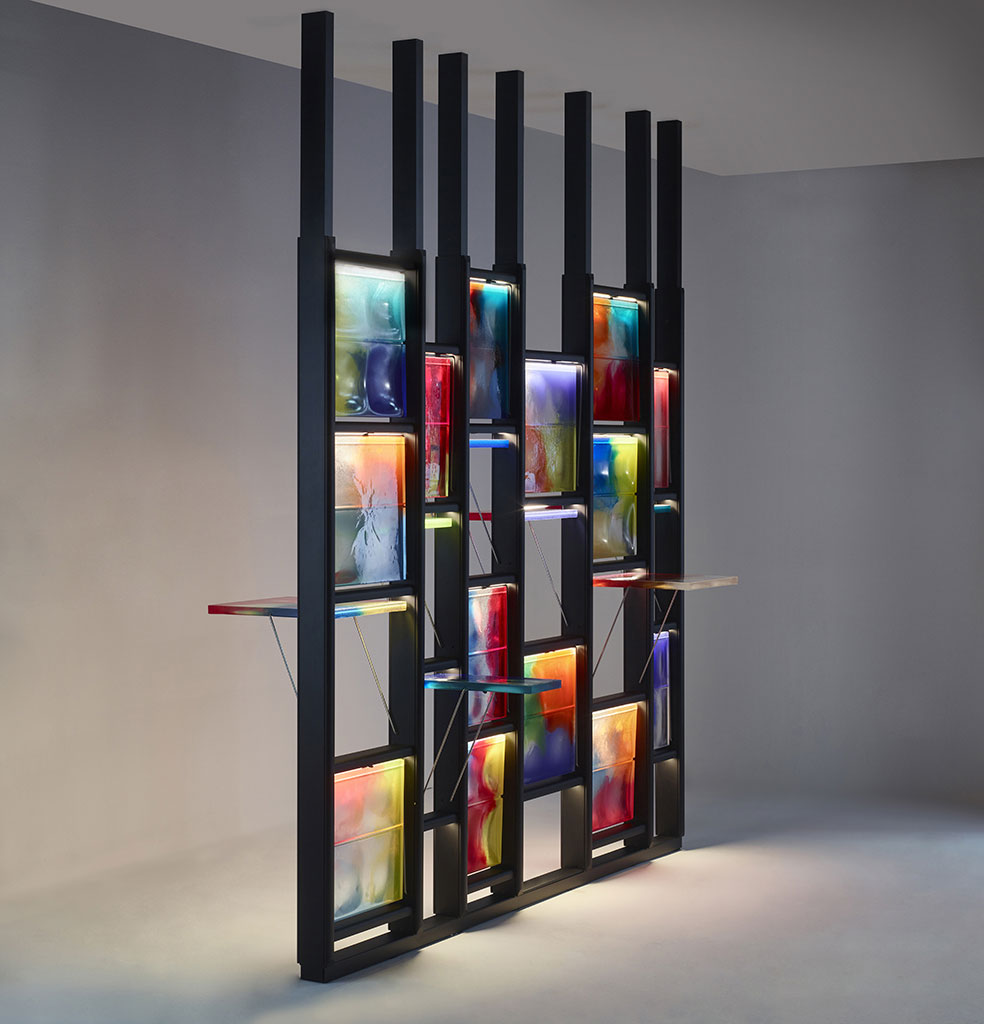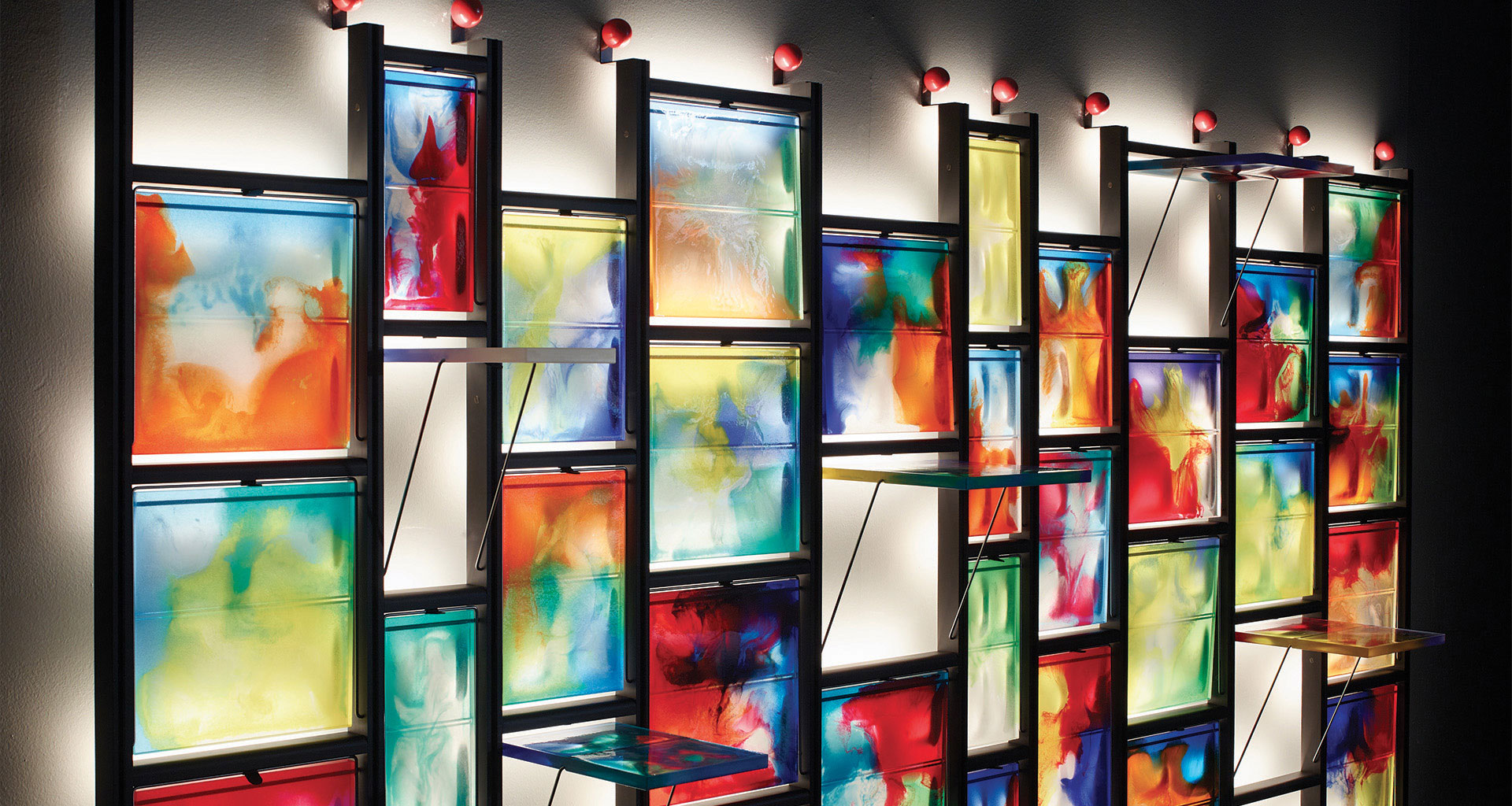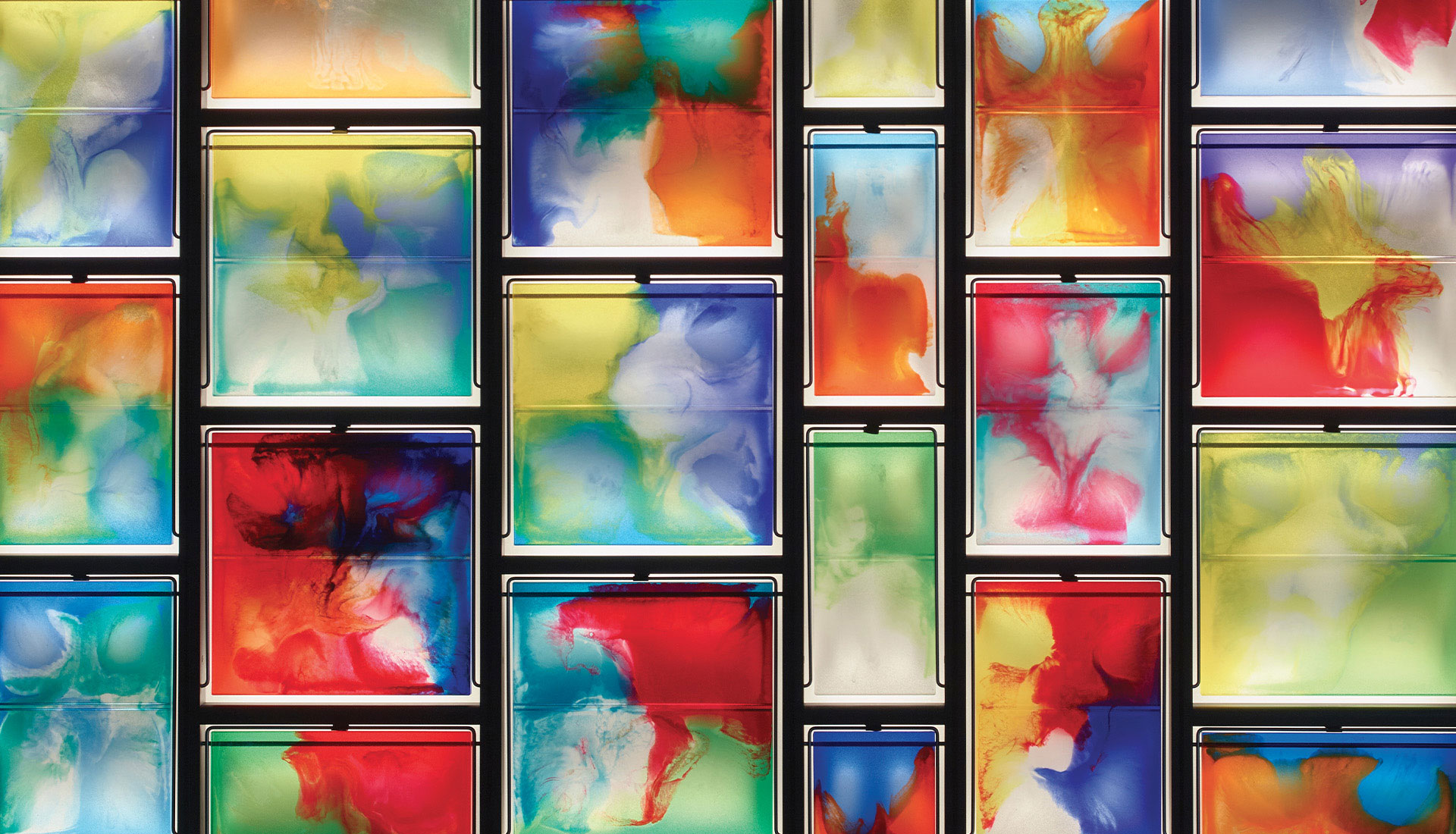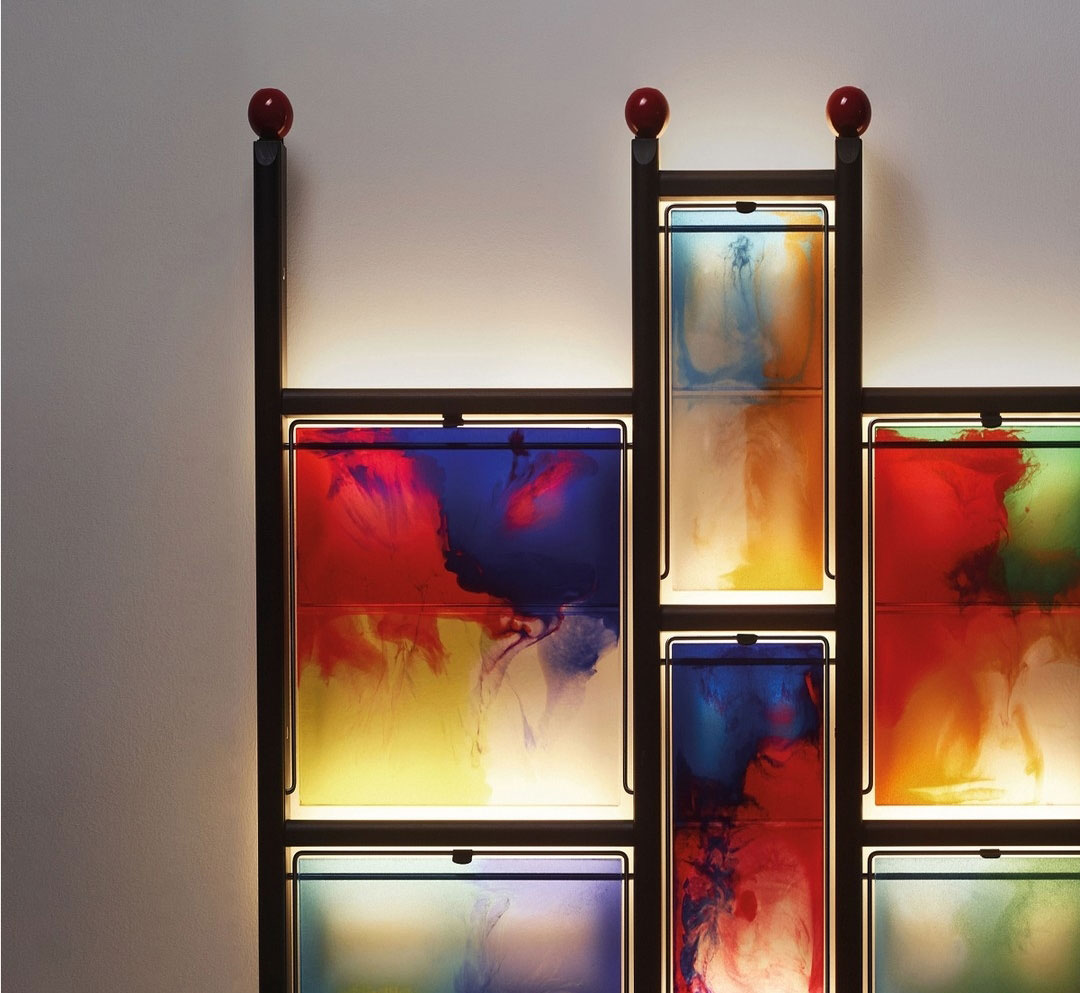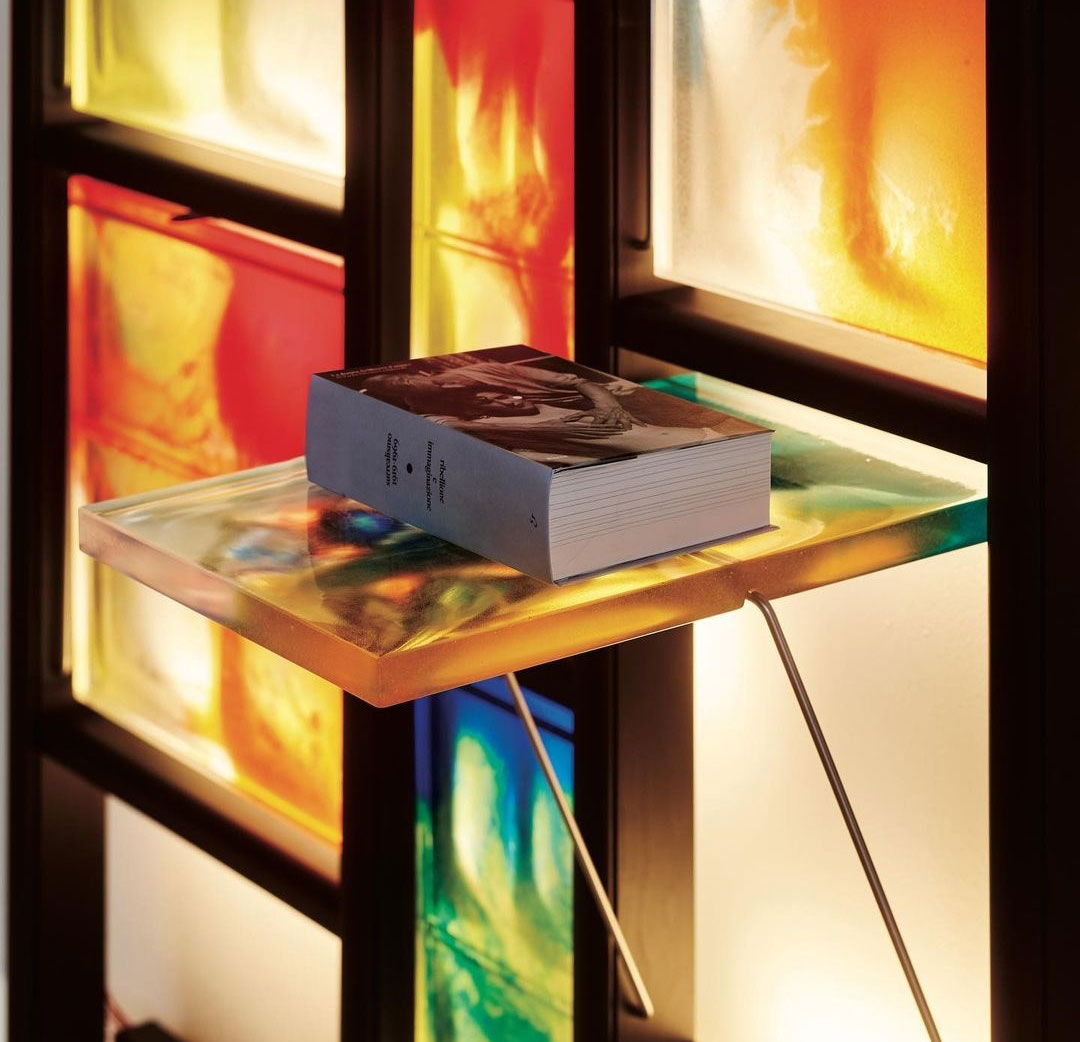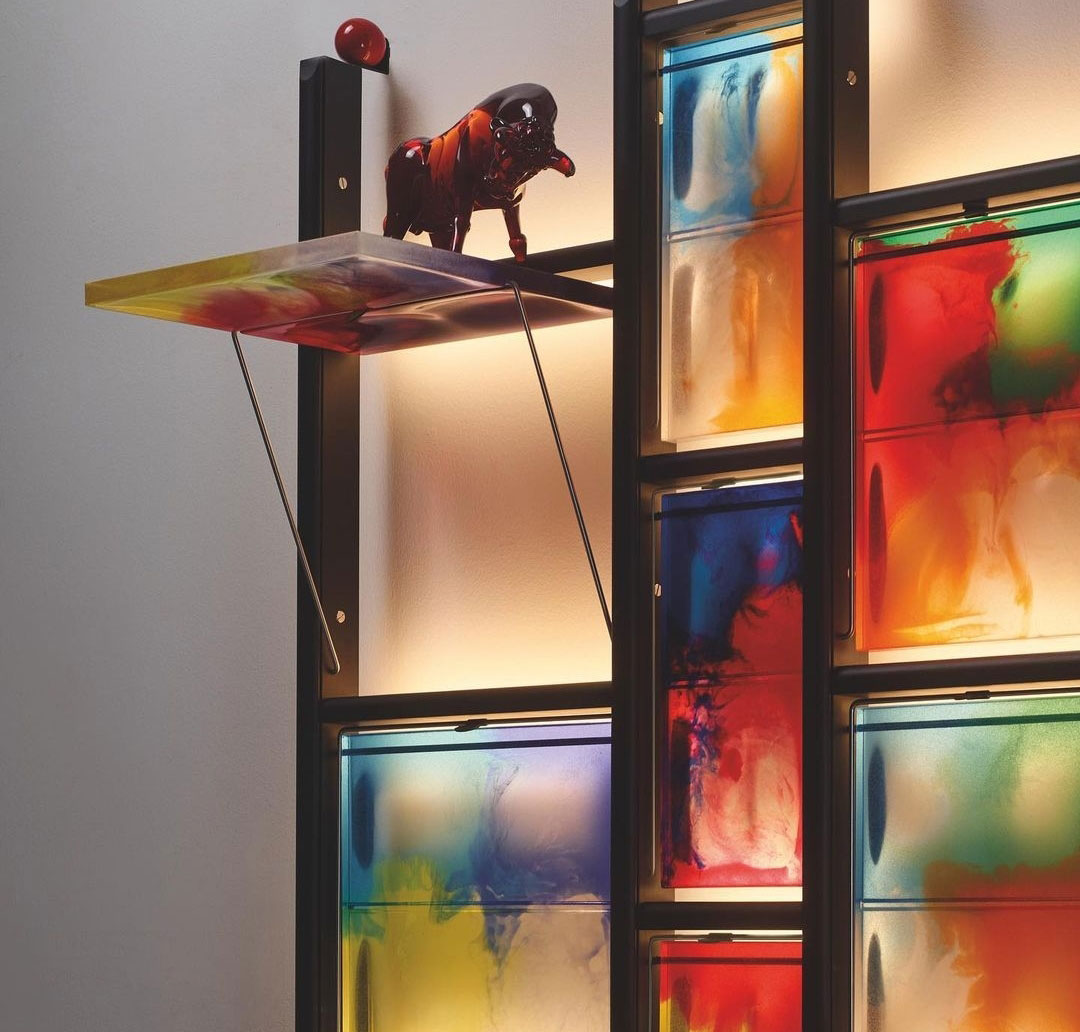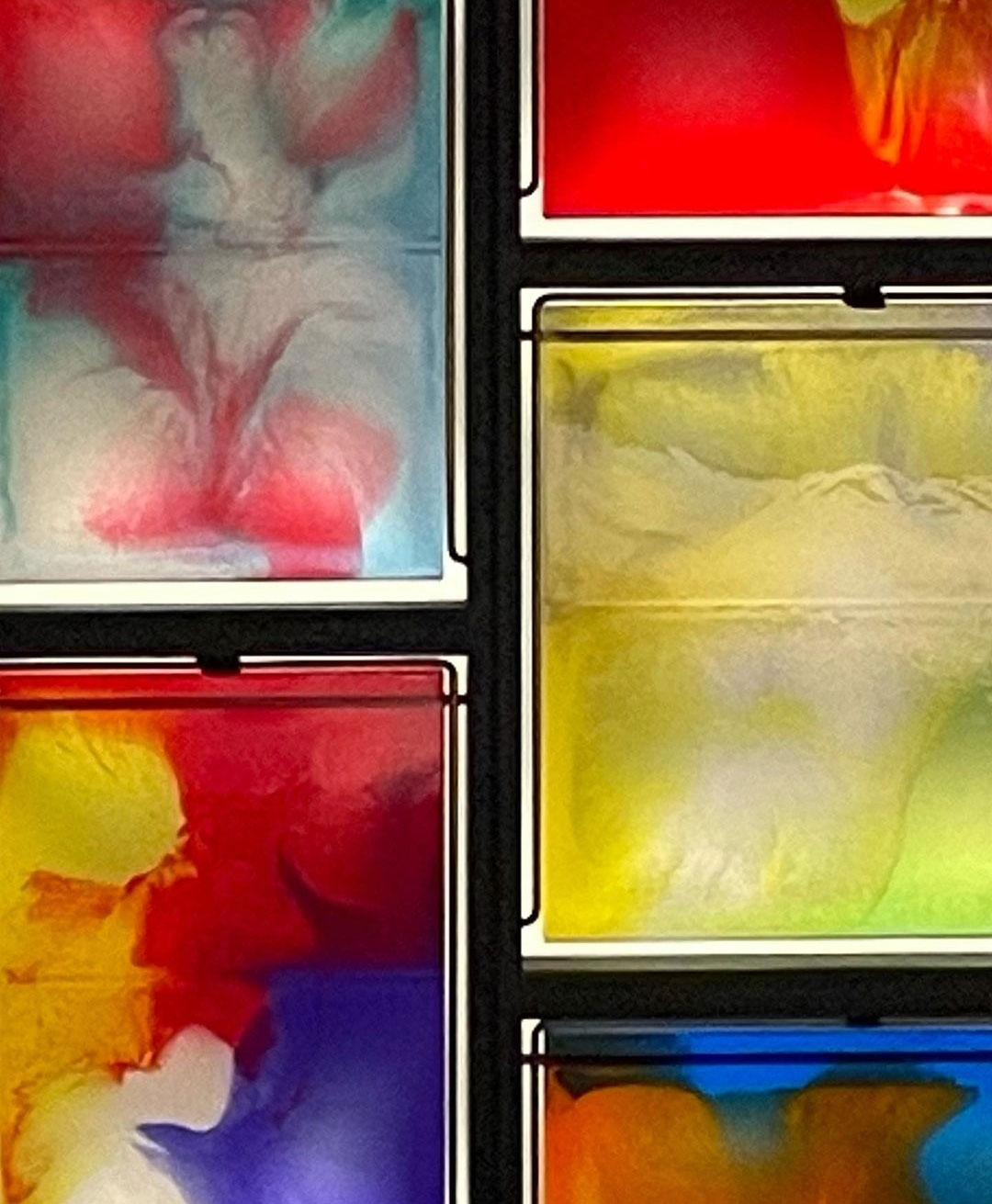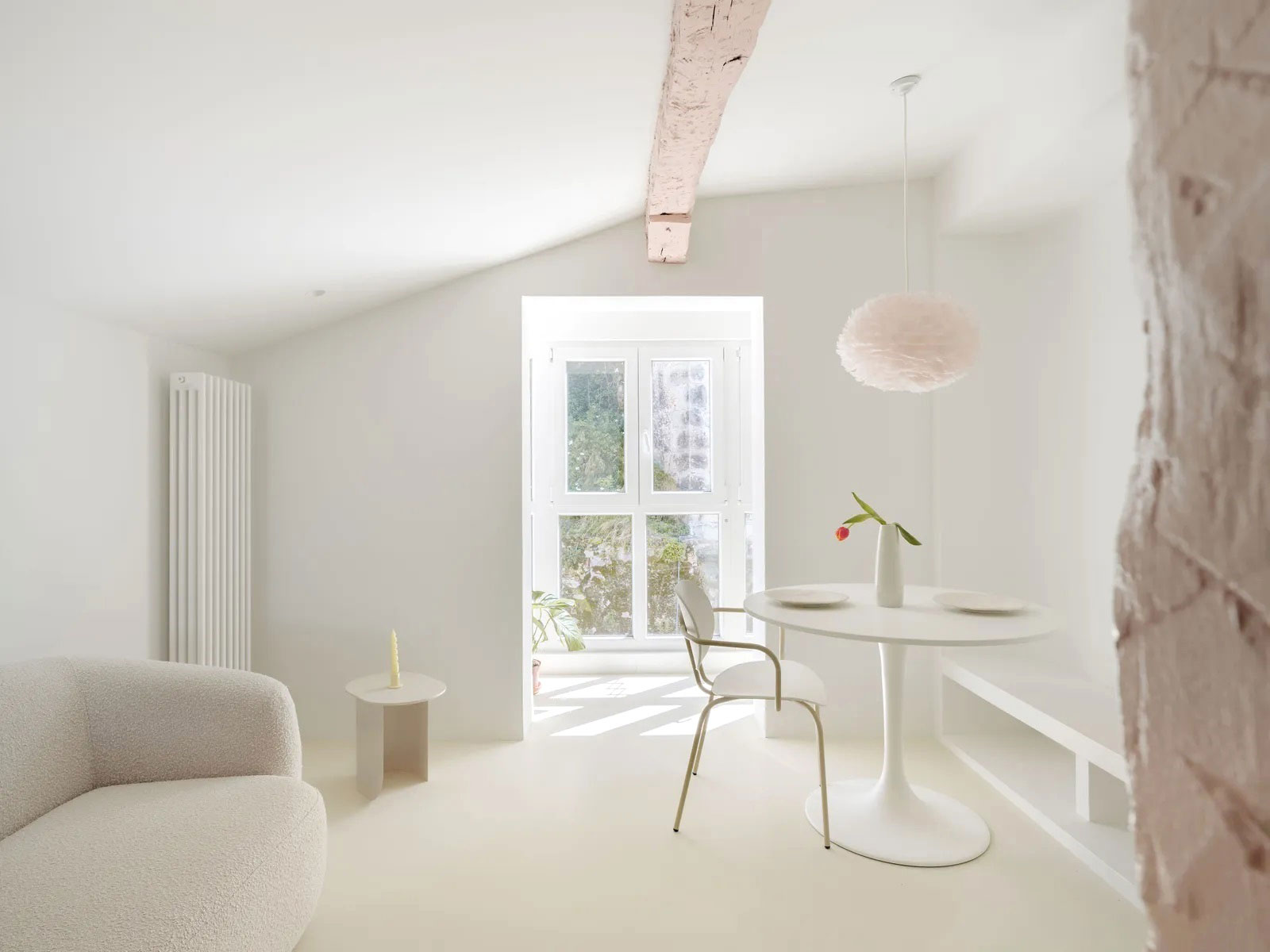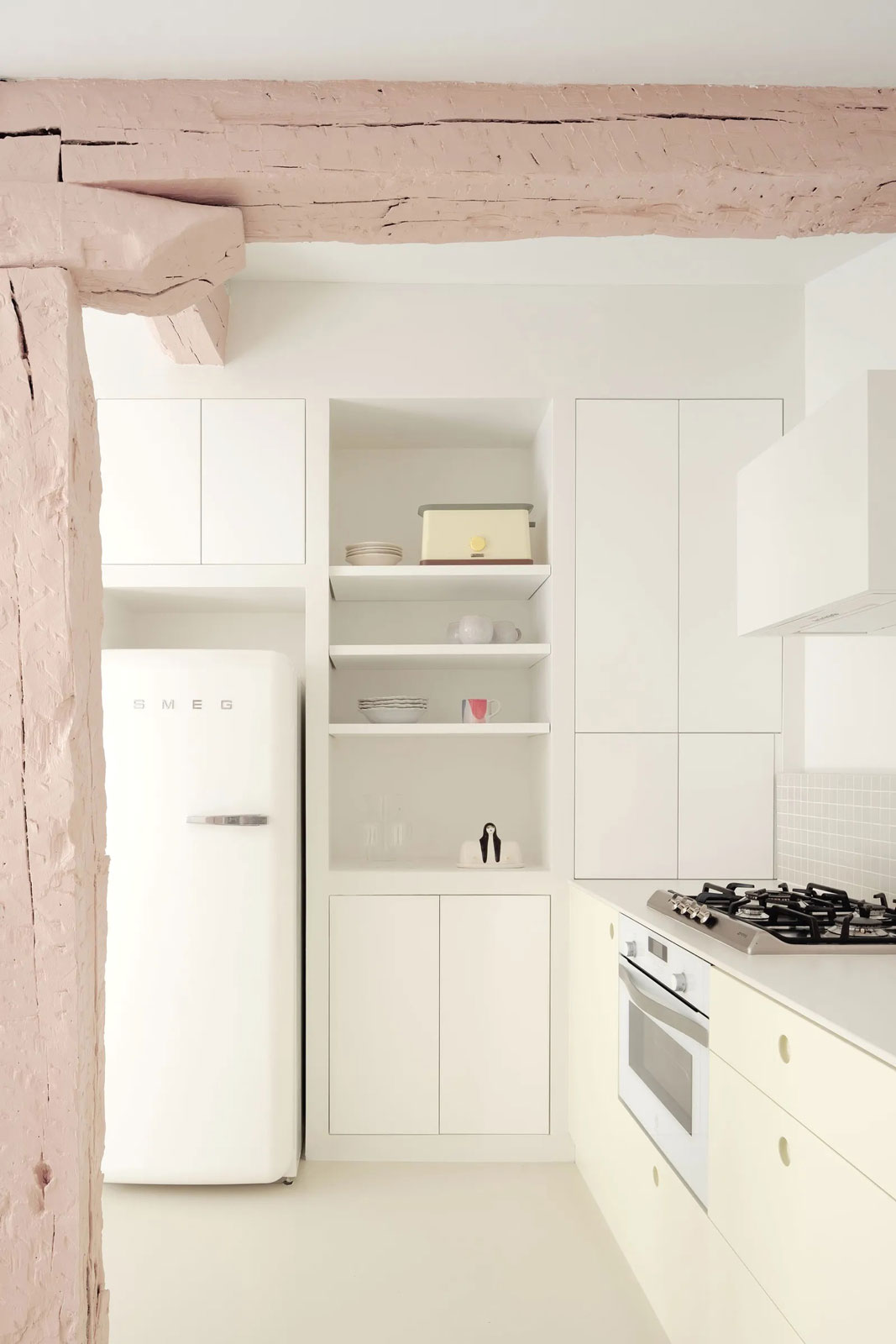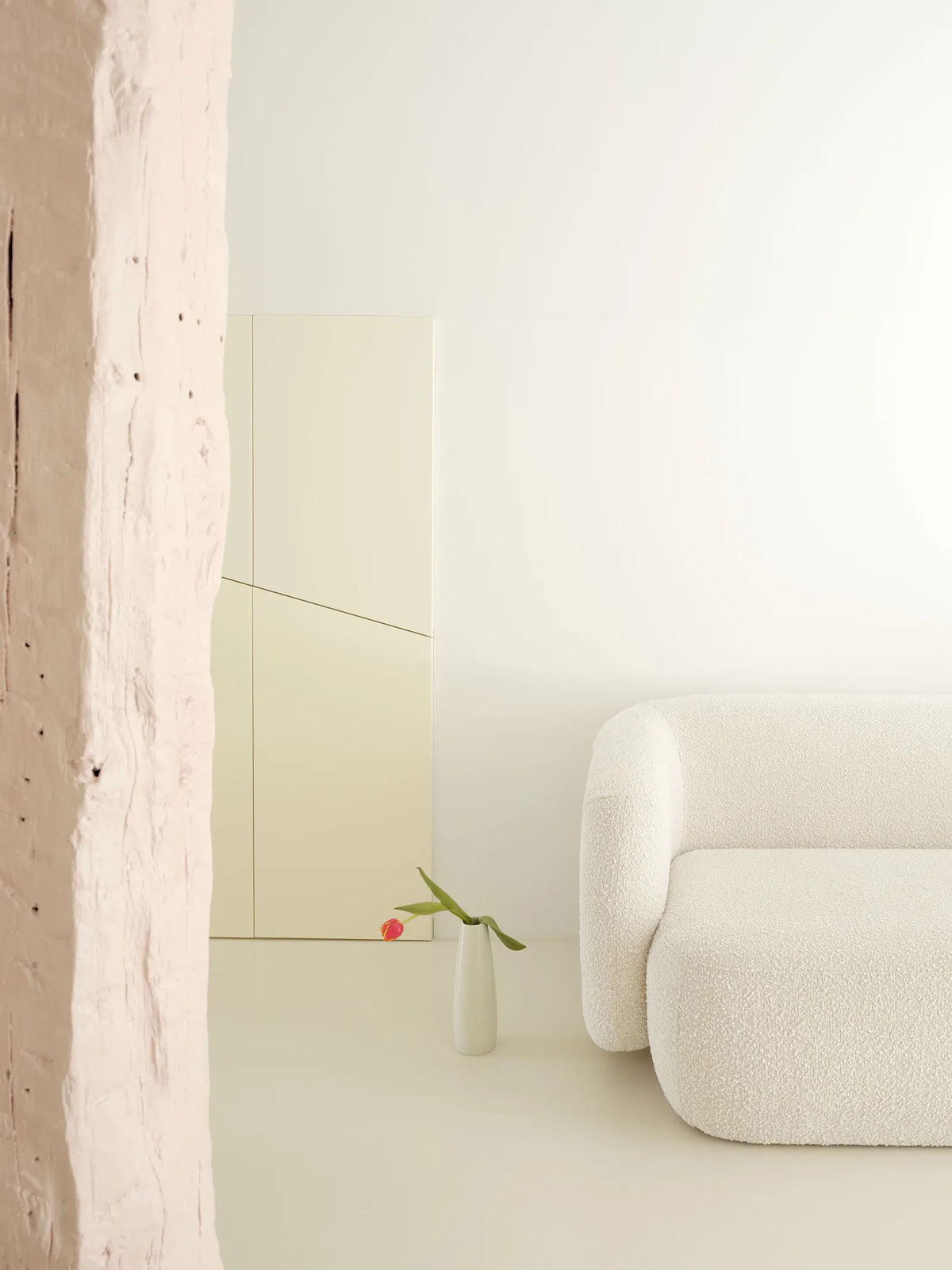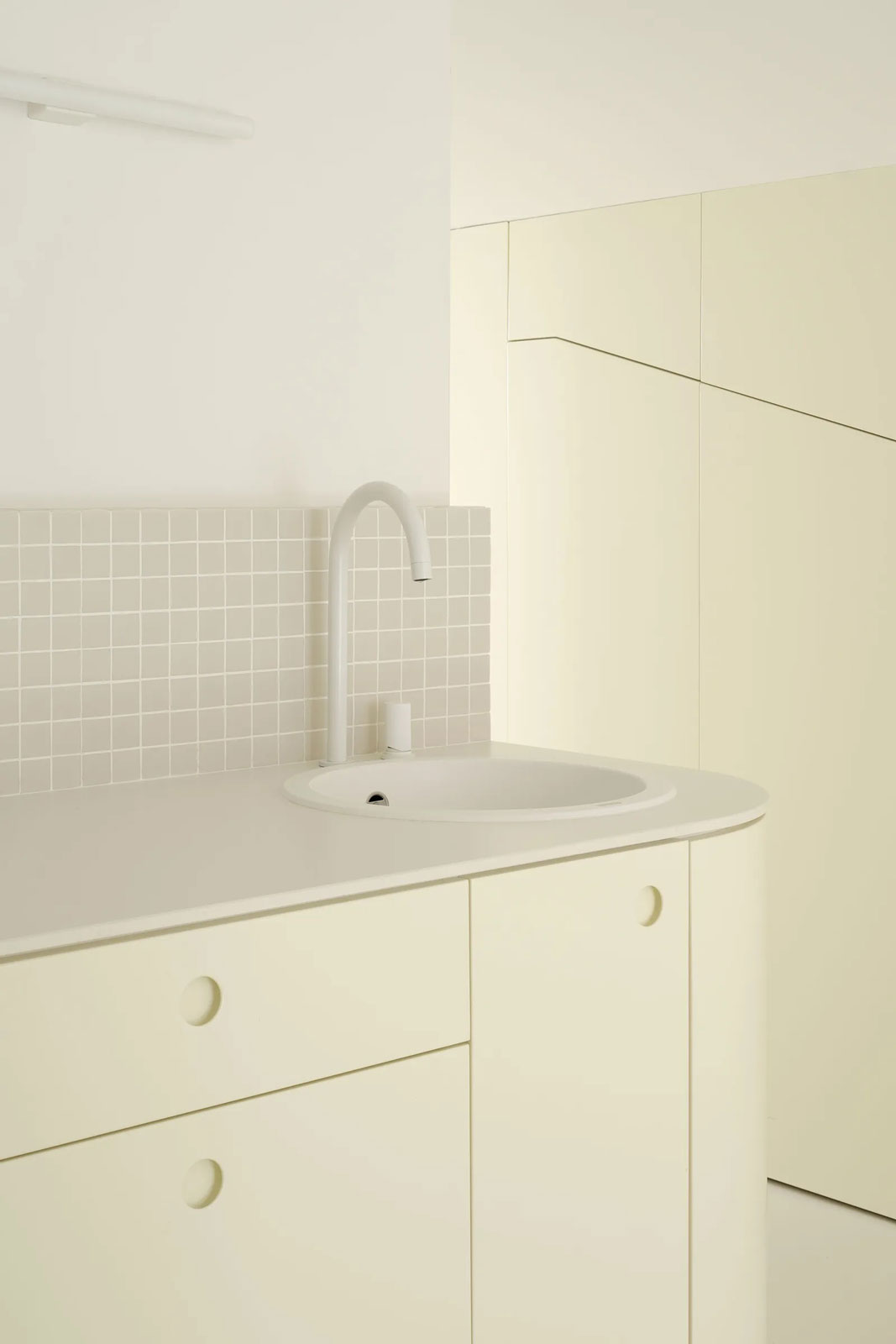IL MAGO DELLA MATERIA E DEL COLORE
DESIGN | GAETANO PESCE
Se n’è andato con il botto finale. A pochi giorni dalla sua scomparsa, si è aperta a Milano, presso la Veneranda Biblioteca Ambrosiana, una brevissima mostra sul suo lavoro, alla quale lui stesso aveva lavorato fino all’ultimo.
Uno dei designer/artisti più eretici del secondo dopoguerra ospitato proprio in un luogo contrario al suo mondo estetico, fatto di sperimentazione e visionarietà. Accanto a dipinti antichi, realizzati a olio, ingialliti dal tempo e dall’obsolescenza culturale, le sue resine coloratissime, enfatizzate dai giochi di controluce.
Gaetano Pesce, nato a La Spezia ma adottato da New York, rappresenterà sempre una figura unica nel suo genere e fondamentalmente senza epigoni: come tutti i veri artisti, anche se i suoi temi “progettuali” sono sempre derivati dalla sfera del design.
Crediamo che, in tempi non sospetti, abbia spianato la strada alla generazione 2K dei designer, che però si sta involvendo in un formalismo utile solo a “bucare” i social.
The magician of matter and color – He left with a final bang. A few days after his death, a very short exhibition on his work opened in Milan, at the Veneranda Biblioteca Ambrosiana, on which he himself had worked until the end.
One of the most heretical designers/artists of the post-war period hosted in a place contrary to his aesthetic world, made up of experimentation and visionaryness. Alongside ancient paintings, made in oil, yellowed by time and cultural obsolescence, his colorful resins, emphasized by the play of backlight.
Gaetano Pesce, born in La Spezia but adopted by New York, will always represent a unique figure in his genre and fundamentally without imitators: like all true artists, even if his “design” themes have always derived from the sphere of design.
We believe that, in unsuspecting times, he paved the way for the 2K generation of designers, which however is evolving into a formalism useful only for “piercing” social media.

